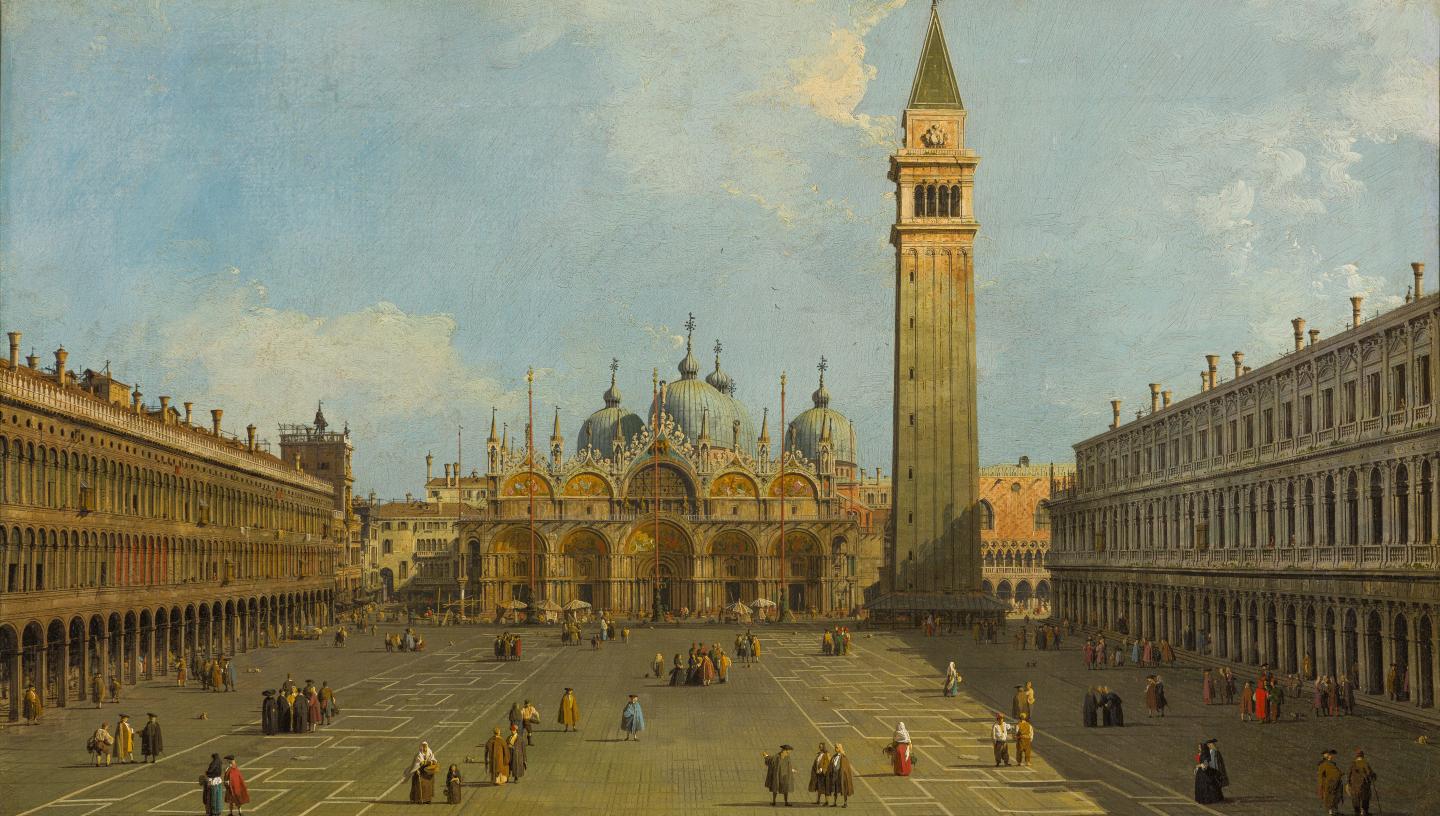

What was the Grand Tour?
Find out about the travel phenomenon that became popular amongst the young nobility of England
Art, antiquity and architecture: the Grand Tour provided an opportunity to discover the cultural wonders of Europe and beyond.
Popular throughout the 18th century, this extended journey was seen as a rite of passage for mainly young, aristocratic English men.
As well as marvelling at artistic masterpieces, Grand Tourists brought back souvenirs to commemorate and display their journeys at home.
One exceptional example forms the subject of a new exhibition at the National Maritime Museum. Canaletto’s Venice Revisited brings together 24 of Canaletto’s Venetian views, commissioned in 1731 by Lord John Russell following his visit to Venice.
Find out more about this travel phenomenon – and uncover its rich cultural legacy.
Canaletto's Venice Revisited
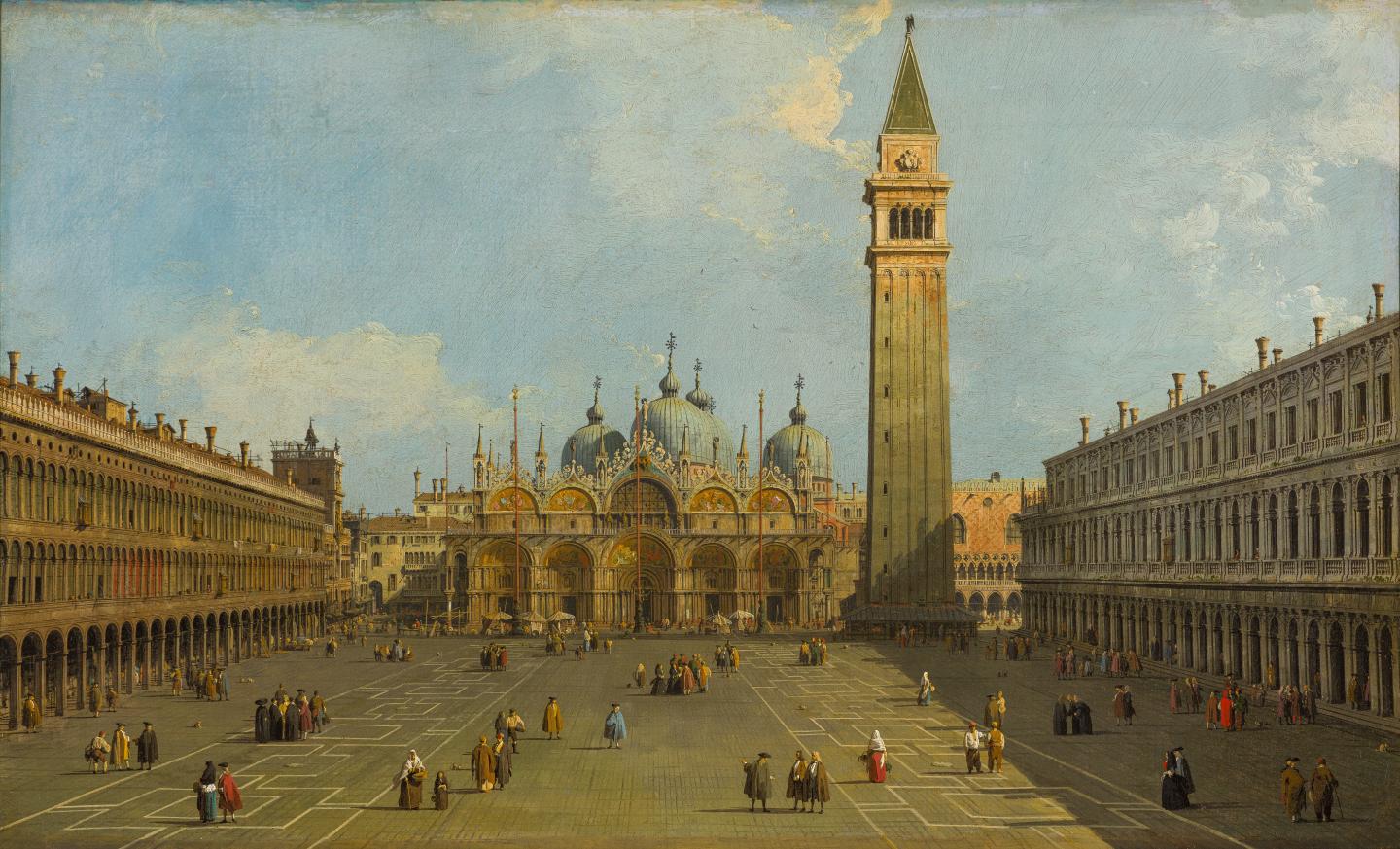
The origins of the Grand Tour
The development of the Grand Tour dates back to the 16th century.
One of the earliest Grand Tourists was the architect Inigo Jones , who embarked on a tour of Italy in 1613-14 with his patron Thomas Howard, 14th Earl of Arundel.
Jones visited cities such as Parma, Venice and Rome. However, it was Naples that proved the high point of his travels.
Jones was particularly fascinated by the San Paolo Maggiore, describing the church as “one of the best things that I have ever seen.”
Jones’s time in Italy shaped his architectural style. In 1616, Jones was commissioned to design the Queen’s House in Greenwich for Queen Anne of Denmark , the wife of King James I. Completed in around 1636, the house was the first classical building in England.
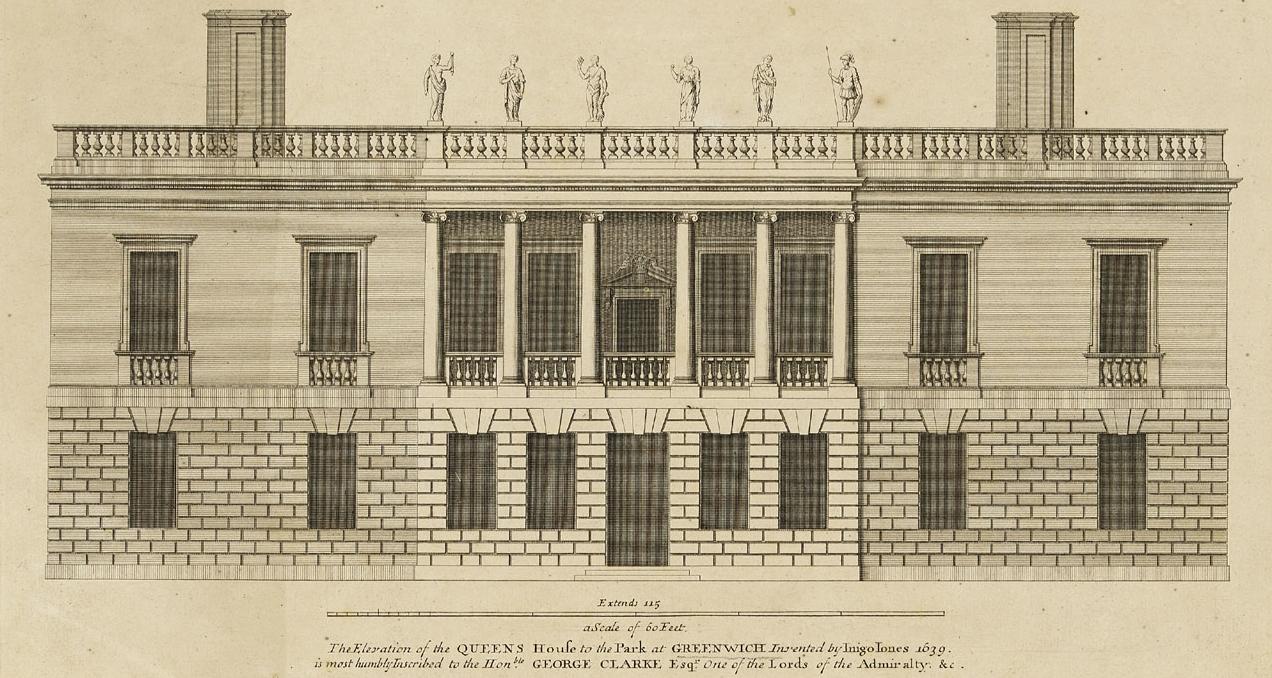
The expression ‘Grand Tour’ itself comes from 17th century travel writer and Roman Catholic priest Richard Lassels, who used it in his guidebook The Voyage of Italy, published in 1670.
By the 18th century, the Grand Tour had reached its zenith. Despite Anglo-French wars in 1689-97 and 1702-13, this was a time of relative stability in Europe, which made travelling across the continent easier.
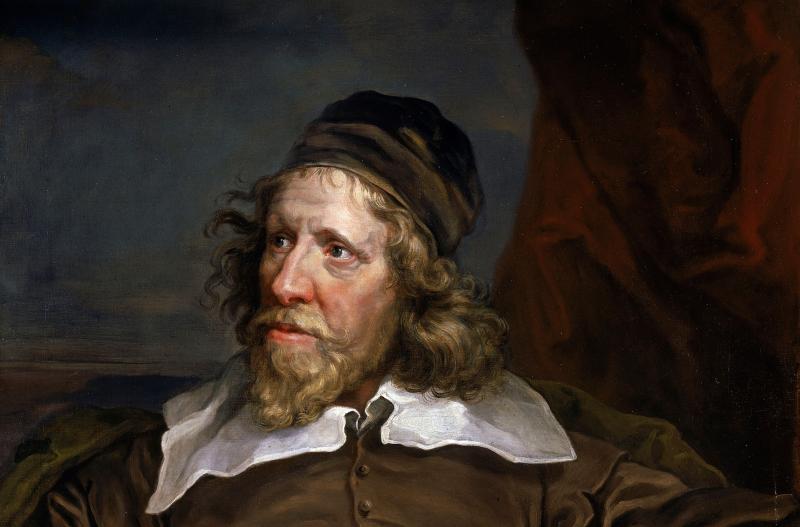
The Grand Tour route
For young English aristocrats, embarking on the Grand Tour was seen as an important rite of passage.
Accompanied by a tutor, a Grand Tourist’s route typically involved taking a ship across the English Channel before travelling in a carriage through France, stopping at Paris and other major cities.
Italy was also a popular destination thanks to the art and architecture of places such as Venice, Florence, Rome, Milan and Naples. More adventurous travellers ventured to Sicily or even sailed across to Greece. The average Grand Tour lasted for at least a year.
As Katherine Gazzard, Curator of Art at Royal Museums Greenwich explains, this extended journey marked the culmination of a Grand Tourist’s education.
“The Grand Tourists would have received an education that was grounded in the Classics,” she says. “During their travels to the continent, they would have seen classical ruins and read Latin and Greek texts. The Grand Tour was also an opportunity to take in more recent culture, such as Renaissance paintings, and see contemporary artists at work.”
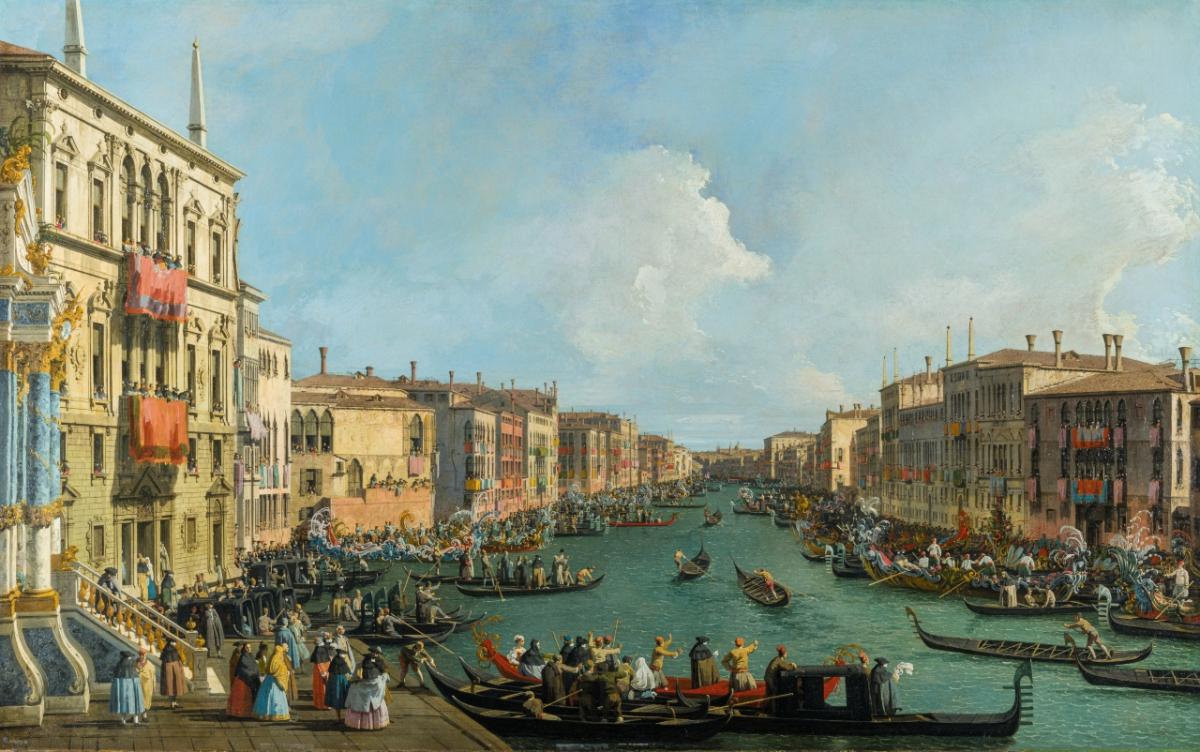
As well as educational opportunities, the Grand Tour was linked with independence. Places such as Venice were popular with pleasure seekers, boasting gambling houses and occasions for drinking and partying.
“On the Grand Tour, there’s a sense that travellers are gaining some of their independence and having a lesson in the ways of the world,” Gazzard explains. “For visitors to Venice, there were opportunities to behave beyond the social norms, with the masquerade and the carnival.”
Art and the Grand Tour
Bound up with the idea of independence was the need to collect souvenirs, which the Grand Tourists could display in their homes.
“The ownership of property was tied to status, so creating a material legacy was really important for the Grand Tourists in order to solidify their social standing amongst their peers,” says Gazzard. “They were looking to spend money and buy mementos to prove they went on the trip.”
The works of artists such as those of the 18th century view painter Giovanni Antonio Canal (known as Canaletto ) were especially popular with Grand Tourists. Prized for their detail, Canaletto’s artworks captured the landmarks and scenes of everyday Venetian life, from festive scenes to bustling traffic on the Grand Canal .
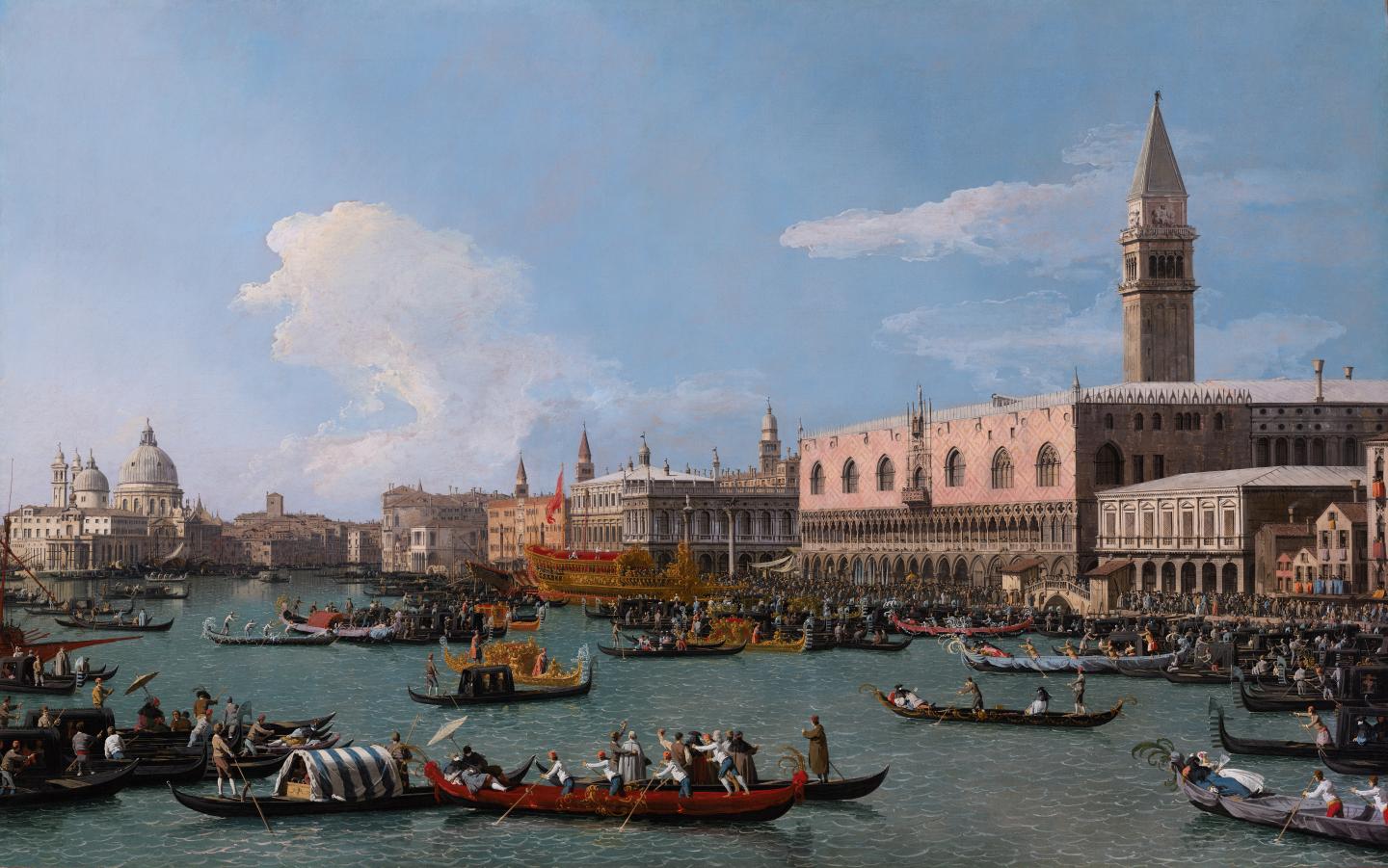
In 1731, Lord John Russell, the future 4th Duke of Bedford, commissioned Canaletto to create 24 Venetian views following his visit to the city.
Lord John Russell is known to have paid at least £188 for the set – over five times the annual earnings of a skilled tradesperson at the time.
“Canaletto’s work was portable and collectible,” says Gazzard. “He adopted a smaller size for his canvases so they could be rolled up and shipped easily.”
These detailed works, now part of the world famous collection at Woburn Abbey, form the centrepiece of Canaletto’s Venice Revisited at the National Maritime Museum .
Who was Canaletto?
The legacy of the Grand Tour
The start of the French Revolution in 1789 marked the end of the Grand Tour. However, its legacy is still keenly felt.
The desire to explore and learn about different places and cultures through travel continues to endure. The legacy of the Grand Tour can also be seen in the artworks and objects that adorn the walls of stately homes and museums, and the many cultural influences that travellers brought back to Britain.
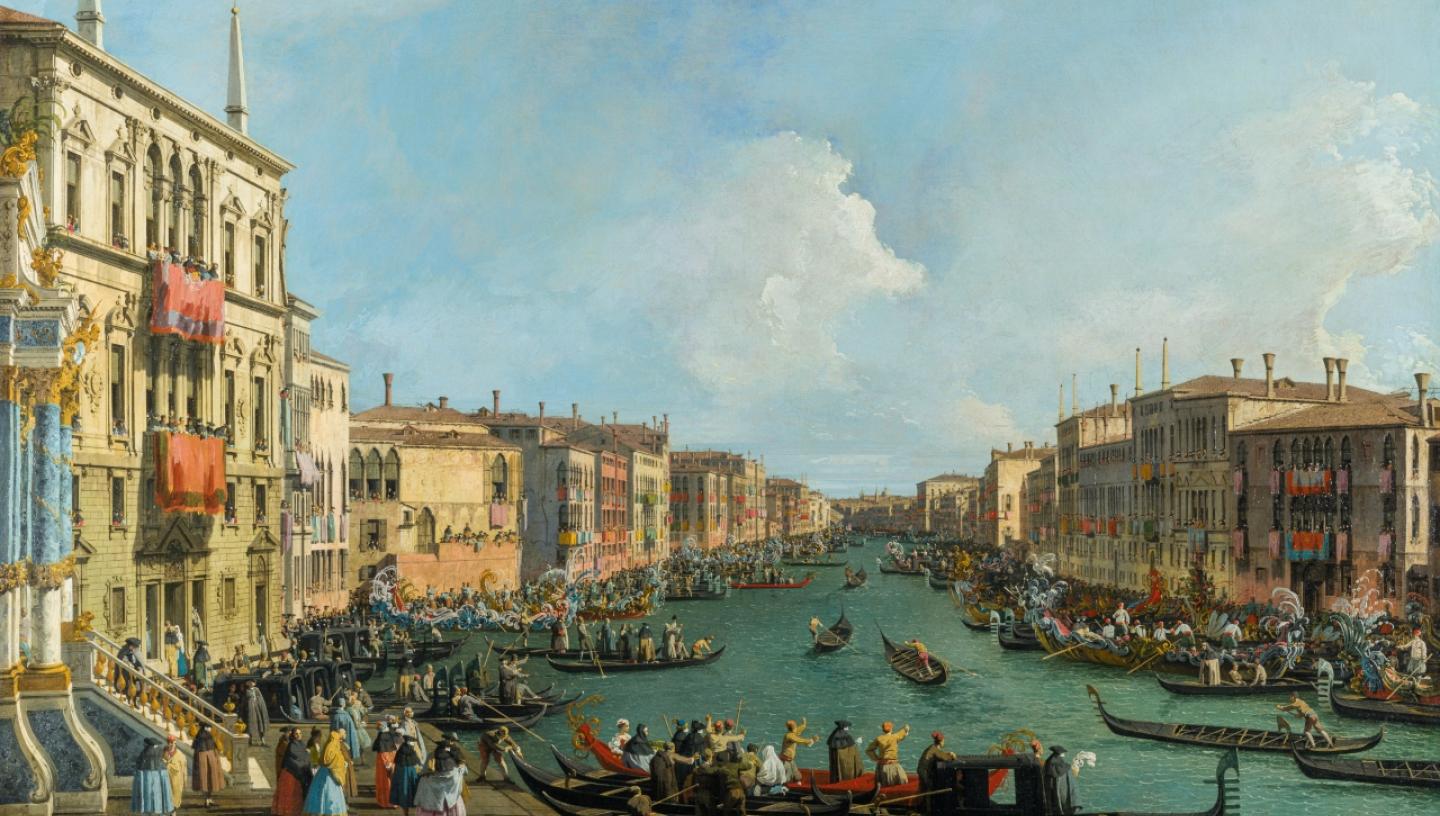
Canaletto's Venice Revisited

Main image: The Piazza San Marco looking towards the Basilica San Marco and the Campanile by Canaletto . From the Woburn Abbey Collection . Canaletto painting in body copy: Regatta on Grand Canal by Canaletto From the Woburn Abbey Collection

Sign Up Today
Start your 14 day free trial today

History Hit Story of England: Making of a Nation
What Was the Grand Tour of Europe?

Lucy Davidson
26 jan 2022, @lucejuiceluce.

In the 18th century, a ‘Grand Tour’ became a rite of passage for wealthy young men. Essentially an elaborate form of finishing school, the tradition saw aristocrats travel across Europe to take in Greek and Roman history, language and literature, art, architecture and antiquity, while a paid ‘cicerone’ acted as both a chaperone and teacher.
Grand Tours were particularly popular amongst the British from 1764-1796, owing to the swathes of travellers and painters who flocked to Europe, the large number of export licenses granted to the British from Rome and a general period of peace and prosperity in Europe.
However, this wasn’t forever: Grand Tours waned in popularity from the 1870s with the advent of accessible rail and steamship travel and the popularity of Thomas Cook’s affordable ‘Cook’s Tour’, which made mass tourism possible and traditional Grand Tours less fashionable.
Here’s the history of the Grand Tour of Europe.
Who went on the Grand Tour?
In his 1670 guidebook The Voyage of Italy , Catholic priest and travel writer Richard Lassells coined the term ‘Grand Tour’ to describe young lords travelling abroad to learn about art, culture and history. The primary demographic of Grand Tour travellers changed little over the years, though primarily upper-class men of sufficient means and rank embarked upon the journey when they had ‘come of age’ at around 21.

‘Goethe in the Roman Campagna’ by Johann Heinrich Wilhelm Tischbein. Rome 1787.
Image Credit: Wikimedia Commons
In the late 18th and early 19th centuries, Grand Tours also became fashionable for women who might be accompanied by a spinster aunt as a chaperone. Novels such as E. M. Forster’s A Room With a View reflected the role of the Grand Tour as an important part of a woman’s education and entrance into elite society.
Increasing wealth, stability and political importance led to a more broad church of characters undertaking the journey. Prolonged trips were also taken by artists, designers, collectors, art trade agents and large numbers of the educated public.
What was the route?
The Grand Tour could last anything from several months to many years, depending on an individual’s interests and finances, and tended to shift across generations. The average British tourist would start in Dover before crossing the English Channel to Ostend in Belgium or Le Havre and Calais in France. From there the traveller (and if wealthy enough, group of servants) would hire a French-speaking guide before renting or acquiring a coach that could be both sold on or disassembled. Alternatively, they would take the riverboat as far as the Alps or up the Seine to Paris .

Map of grand tour taken by William Thomas Beckford in 1780.
From Paris, travellers would normally cross the Alps – the particularly wealthy would be carried in a chair – with the aim of reaching festivals such as the Carnival in Venice or Holy Week in Rome. From there, Lucca, Florence, Siena and Rome or Naples were popular, as were Venice, Verona, Mantua, Bologna, Modena, Parma, Milan, Turin and Mont Cenis.
What did people do on the Grand Tour?
A Grand Tour was both an educational trip and an indulgent holiday. The primary attraction of the tour lay in its exposure of the cultural legacy of classical antiquity and the Renaissance, such as the excavations at Herculaneum and Pompeii, as well as the chance to enter fashionable and aristocratic European society.

Johann Zoffany: The Gore Family with George, third Earl Cowper, c. 1775.
In addition, many accounts wrote of the sexual freedom that came with being on the continent and away from society at home. Travel abroad also provided the only opportunity to view certain works of art and potentially the only chance to hear certain music.
The antiques market also thrived as lots of Britons, in particular, took priceless antiquities from abroad back with them, or commissioned copies to be made. One of the most famous of these collectors was the 2nd Earl of Petworth, who gathered or commissioned some 200 paintings and 70 statues and busts – mainly copies of Greek originals or Greco-Roman pieces – between 1750 and 1760.
It was also fashionable to have your portrait painted towards the end of the trip. Pompeo Batoni painted over 175 portraits of travellers in Rome during the 18th century.
Others would also undertake formal study in universities, or write detailed diaries or accounts of their experiences. One of the most famous of these accounts is that of US author and humourist Mark Twain, whose satirical account of his Grand Tour in Innocents Abroad became both his best selling work in his own lifetime and one of the best-selling travel books of the age.
Why did the popularity of the Grand Tour decline?

A Thomas Cook flyer from 1922 advertising cruises down the Nile. This mode of tourism has been immortalised in works such as Death on the Nile by Agatha Christie.
The popularity of the Grand Tour declined for a number of reasons. The Napoleonic Wars from 1803-1815 marked the end of the heyday of the Grand Tour, since the conflict made travel difficult at best and dangerous at worst.
The Grand Tour finally came to an end with the advent of accessible rail and steamship travel as a result of Thomas Cook’s ‘Cook’s Tour’, a byword of early mass tourism, which started in the 1870s. Cook first made mass tourism popular in Italy, with his train tickets allowing travel over a number of days and destinations. He also introduced travel-specific currencies and coupons which could be exchanged at hotels, banks and ticket agencies which made travelling easier and also stabilised the new Italian currency, the lira.
As a result of the sudden potential for mass tourism, the Grand Tour’s heyday as a rare experience reserved for the wealthy came to a close.
Can you go on a Grand Tour today?
Echoes of the Grand Tour exist today in a variety of forms. For a budget, multi-destination travel experience, interrailing is your best bet; much like Thomas Cook’s early train tickets, travel is permitted along many routes and tickets are valid for a certain number of days or stops.
For a more upmarket experience, cruising is a popular choice, transporting tourists to a number of different destinations where you can disembark to enjoy the local culture and cuisine.
Though the days of wealthy nobles enjoying exclusive travel around continental Europe and dancing with European royalty might be over, the cultural and artistic imprint of a bygone Grand Tour era is very much alive.
To plan your own Grand Tour of Europe, take a look at History Hit’s guides to the most unmissable heritage sites in Paris , Austria and, of course, Italy .

You May Also Like

The Strange Sport of Pedestrianism Got Victorians Hooked on Coca

Puzzle Over These Ancient Greek Paradoxes

In Ancient Rome, Gladiators Rarely Fought to the Death

Archaeologists Uncover Two Roman Wells on a British Road

Young Stalin Made His Name as a Bank Robber

3 Things We Learned from Meet the Normans with Eleanor Janega

Reintroducing ‘Dan Snow’s History Hit’ Podcast with a Rebrand and Refresh

Don’t Try This Tudor Health Hack: Bathing in Distilled Puppy Juice

Coming to History Hit in August

Coming to History Hit in September

Coming to History Hit in October

The Plimsoll Line: How Samuel Plimsoll Made Sailing Safer
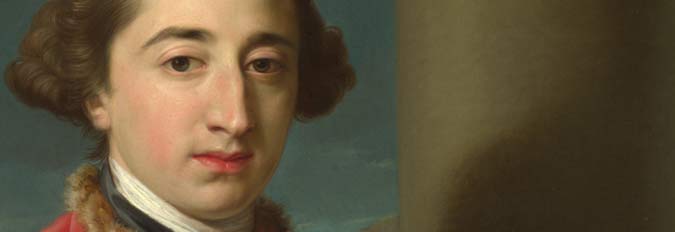
The Grand Tour
Englishmen abroad.
At its height, from around 1660–1820, the Grand Tour was considered to be the best way to complete a gentleman’s education. After leaving school or university, young noblemen from northern Europe left for France to start the tour.
After acquiring a coach in Calais, they would ride on to Paris – their first major stop. From there they would head south to Italy or Spain, carting all their possessions and servants with them.
Their most popular destinations were the great towns and cities of the Renaissance, along with the remains of ancient Roman and Greek civilisation.
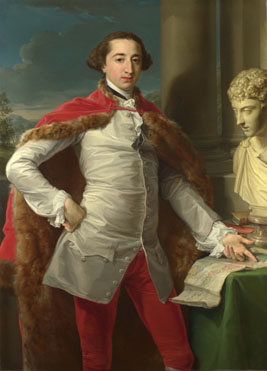
Their souvenirs were rather more durable than holiday snaps, replica Eiffel Towers or t-shirts – they filled crates with paintings, sculptures and fine clothes.
Travel was somewhat more of an ordeal than today (even accounting for the worst airport queues and hold-ups). However rich these young men were, there was no hot shower after a day on the road, no credit card to get them out of a tight spot, and no mobile phone to ring people for help.
Furthermore transport was slow. Instead of taking a 12-month trip, some went away for many years. Most went for at least two, spending months in essential spots along the way.
The plan was to set young noblemen up to manage their estates, furnish their houses and prepare for conversation in polite society. But did the Grand Tour turn them into gentlemen? Sometimes a taste for vice got in the way.
Next: A moral education
The Grand Tour: Everything You Need to Know
Gokce Dyson 28 November 2022 min Read
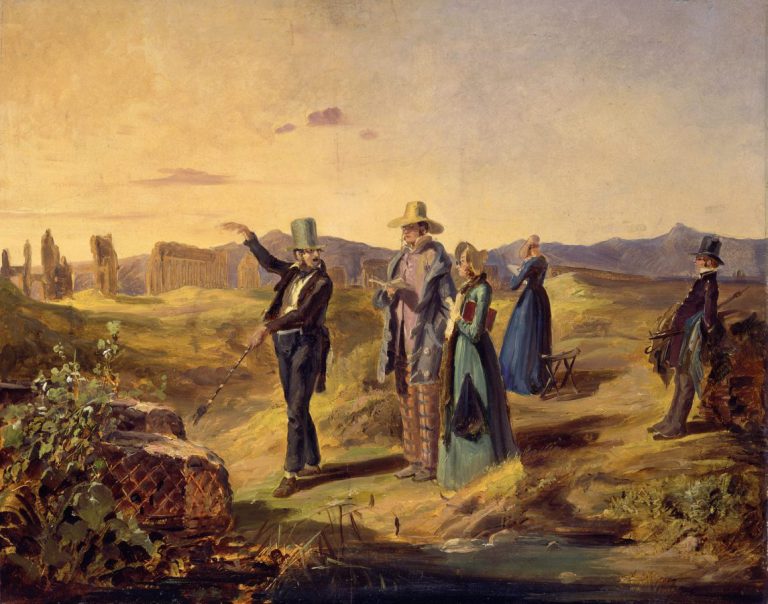
Carl Spitzweg, Englishmen in Campania , ca. 1835, Alte Nationalgalerie, Berlin, Germany.
Recommended
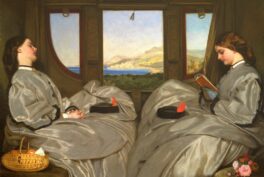
Art Travels
On the Road: Best Traveling Paintings
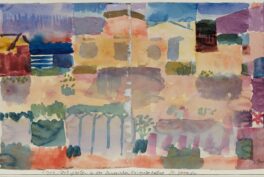
Artists’ Beloved Travel Destinations as Seen Through Their Art
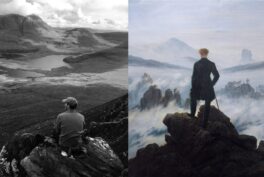
How to Do a 21st-Century Grand Tour According to Mr. Bacchus
Nowadays, it is very common to take a gap year before or after university studies to travel and expand your horizons. Dedicating a year or two before committing to a full-time job means you can experience different cultures, learn languages, and enjoy having a bit of fun before settling down. Back in the day, with similar objectives, many noblemen embarked on a journey across Europe before entering adulthood. It was called the Grand Tour.
The Grand Tour evolved between the 17th and 18th centuries as a custom of a traditional trip. The purpose of the Grand Tour was to provide male members of upper-class families with a formative experience. The term was first used by the Catholic priest and travel writer Richard Lassels in his guidebook The Voyage of Italy . The book came out in 1670 and described young lords traveling to Italy to see art, architecture, and antiquity. Lassels completed the Grand Tour five times during his lifetime.
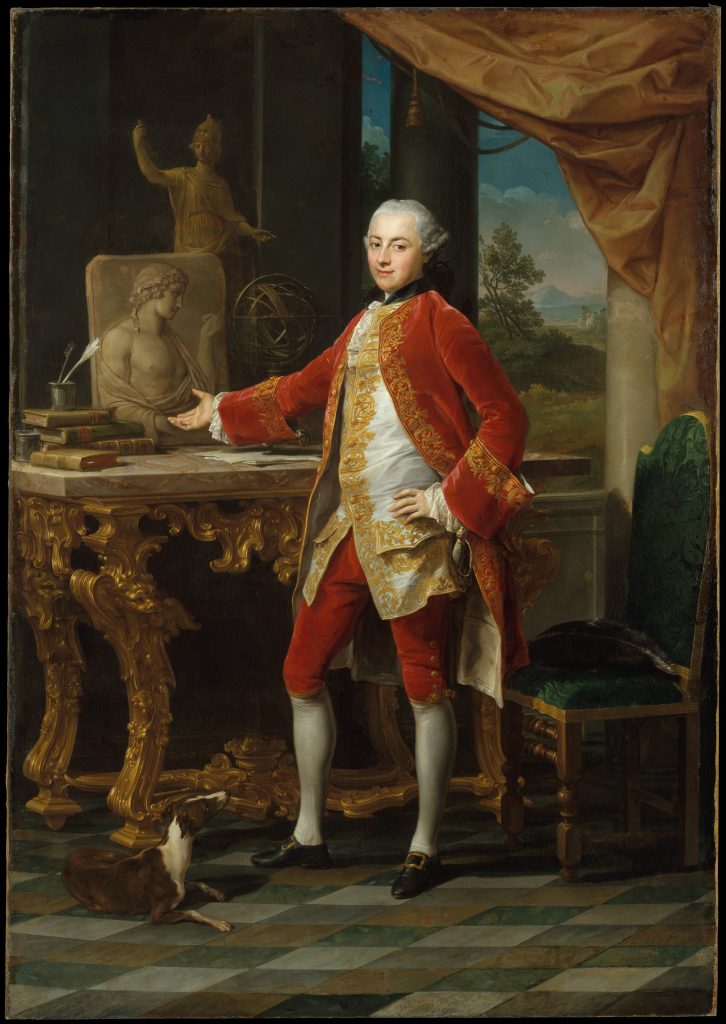
In England, for example, the general view held by the aristocrats was that foreign travel completed the education of an English gentleman. However, some people were also quite skeptical about the tour. They feared the amount of money spent to make the Grand Tour possible could ruin the young nobility.
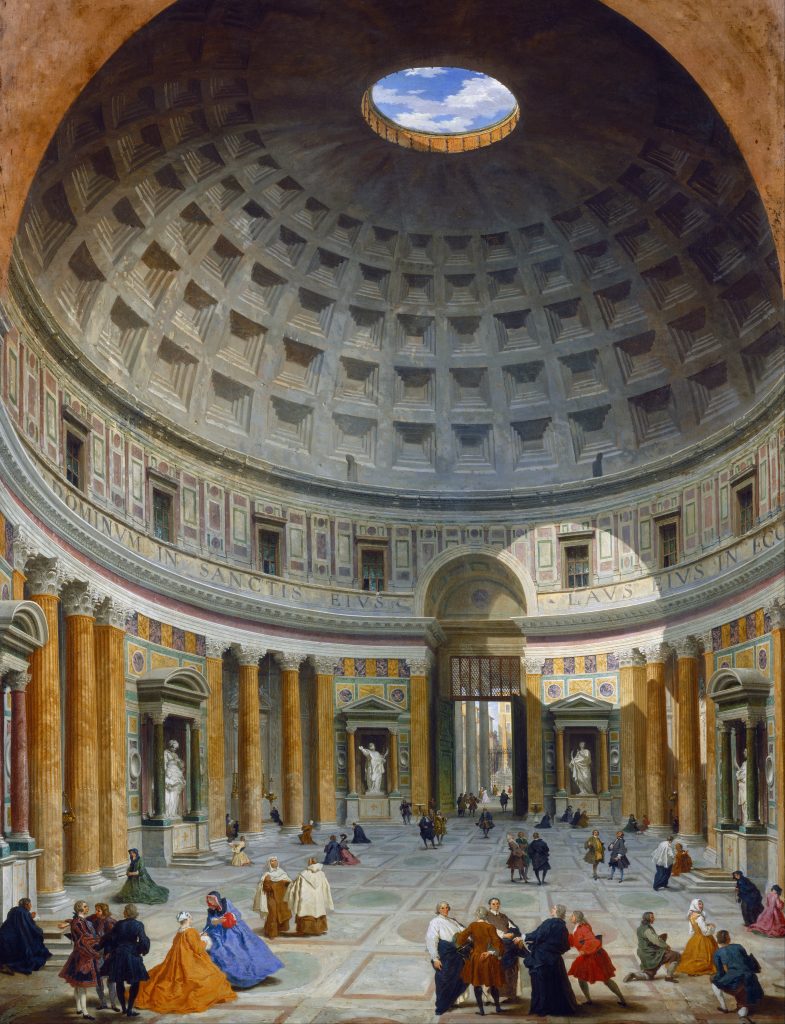
Although the Grand Tour was largely associated with English travelers, they were far from being the only ones on the road. On the contrary, wealthy families in France, Germany, Netherlands, Sweden, and Denmark also saw traveling as an ideal way to finish the education of their societies’ future leaders.
Itinerary of the Grand Tour
The traditional route of the Grand Tour usually began in Dover, England. Grand tourists would cross the English Channel to Le Havre in France. Upon arrival in Paris , the young men tended to hire a French-speaking guide as French was the dominant language of the elite during the 17th and 18th centuries. In Paris, they spent some time taking lessons in fencing, riding, and perhaps dancing. There, they became accustomed to the sophisticated manners of French society in courtly behavior and fashion. Paris was a crucial step in preparing for their positions to be fulfilled in government or diplomacy waiting back in England.

From there, tourists would buy transport, and if they were prosperous enough, they would hire a tutor to accompany them. The travelers would then get back on the road and cross the Alps, carried in a chair at Mont Cenis before moving on to Turin.
Italy was exceedingly the most traveled country on the Grand Tour. A Grand tourist’s list of must-see cities in Italy included Florence , Venice , and Naples . And then, there was Rome . Each Italian city offered immense importance in experiencing art and architecture, and Rome had it all.
Touring Italy
Once arriving in Italy, noblemen traveled to Florence followed by Venice, Rome, and Naples. Florence was popular for its Renaissance art, magnificent country villas, and beautiful gardens. Young aristocrats were able to gain entry to private collections where they could observe the legacy of the Medici family. Venice , on the other hand, was the party city. There was, however, a second reason to visit Venice. During their travels, grand tourists often commissioned art to take back home with them. Wealthy ones brought sketch artists along with them. Others purchased ready-made artworks instead. Giovanni Battista Piranesi created numerous prints and sketches depicting the ancient ruins in Rome. The works of the Venetian artist were popular among noblemen.
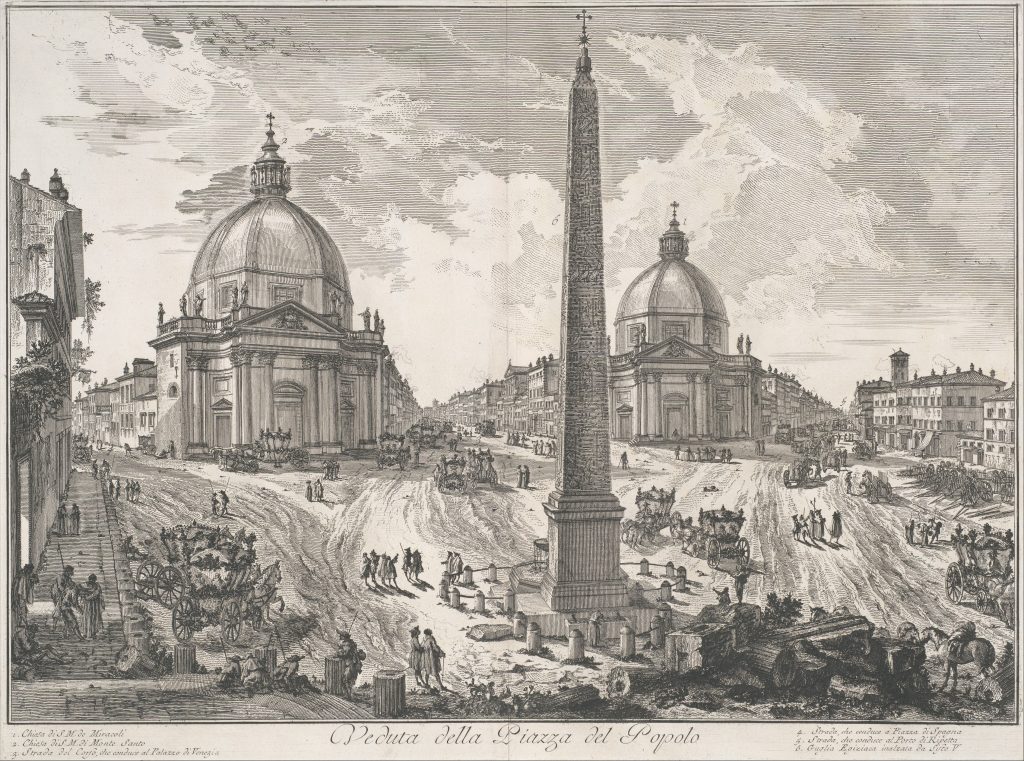
Rome was considered the ultimate stop during the Grand Tour. The city had a harmonious mixture of past and present. One could experience modern-day Baroque art and architecture and ancient ruins , dating back thousands of years at the same time. It was lauded as home to Michelangelo’s and Bernini’s most prized works. Gentlemen visited spots like the Pantheon, the Colosseum, and Porta del Popolo. William Beckford described his feelings in a letter when he was on his Grand Tour:
Shall I ever forget the sensations I experienced upon slowly descending the hills, and crossing the bridge over the Tiber; when I entered an avenue between terraces and ornamented gates of villas, which leads to the Porto del Popolo… William Beckford, letter from the Grand Tour, 1780.
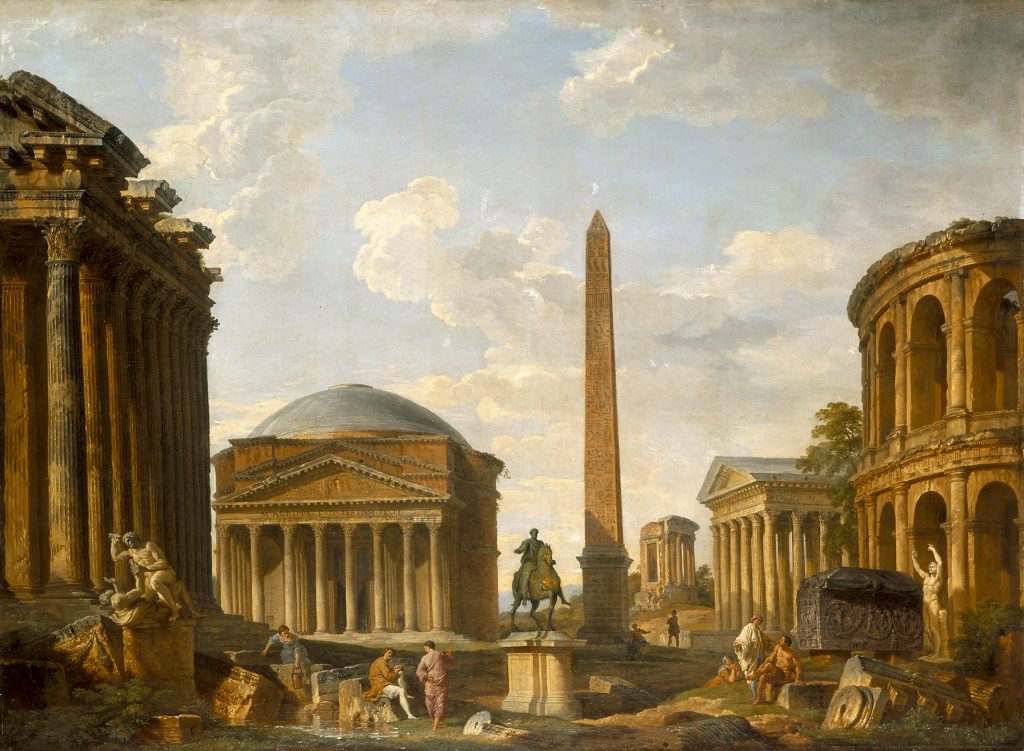
The next stop on the route was Naples. When Italian authorities began excavations in Herculaneum and Pompeii in the 1730s, grand tourists flocked there to delve into the mysteries of the ancient past. Naples became a popular retreat for the British who wanted to enjoy the coastal sun. Travelers such as J. W. Goethe praised the city’s glories:
Naples is a Paradise: everyone lives in a state of intoxicated self-forgetfulness, myself included. I seem to be a completely different person whom I hardly recognize. Yesterday I thought to myself: Either you were mad before, or you are mad now. J. W. Goethe, Google Arts& Culture .
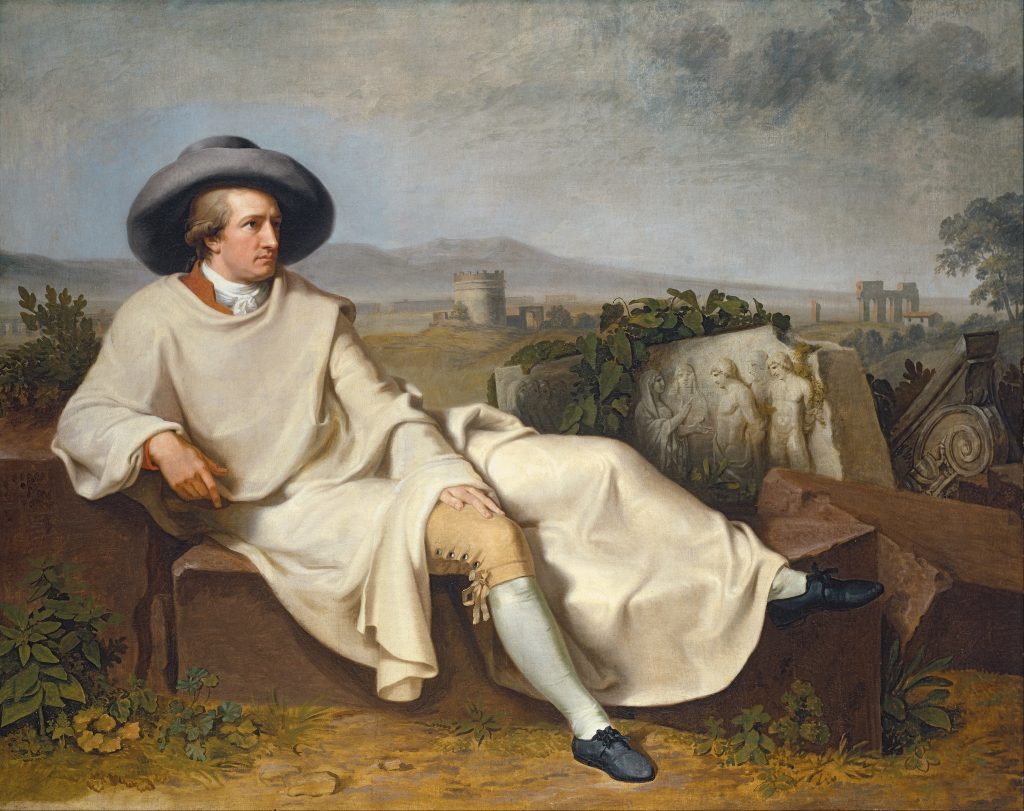
Returning home, young gentlemen crossed the Alps to the German-speaking parts of Europe and visited Innsbruck, Vienna , Dresden, and Berlin . From there, they stopped in Holland and Flanders before returning to England.
With the introduction of steam railways in Europe around 1825, travel became safer, cheaper, and easier to undertake. The Grand Tour custom continued; however, it was not limited to the members of wealthy families. During the 19th century, many educated men had undertaken the Grand Tour. It also became more popular for women to travel across Europe with chaperones. A Room with A View, written by English novelist E. M. Forster, tells the story of a young woman who embarks on a journey to Italy in the 1900s.
Legacy of the Grand Tour
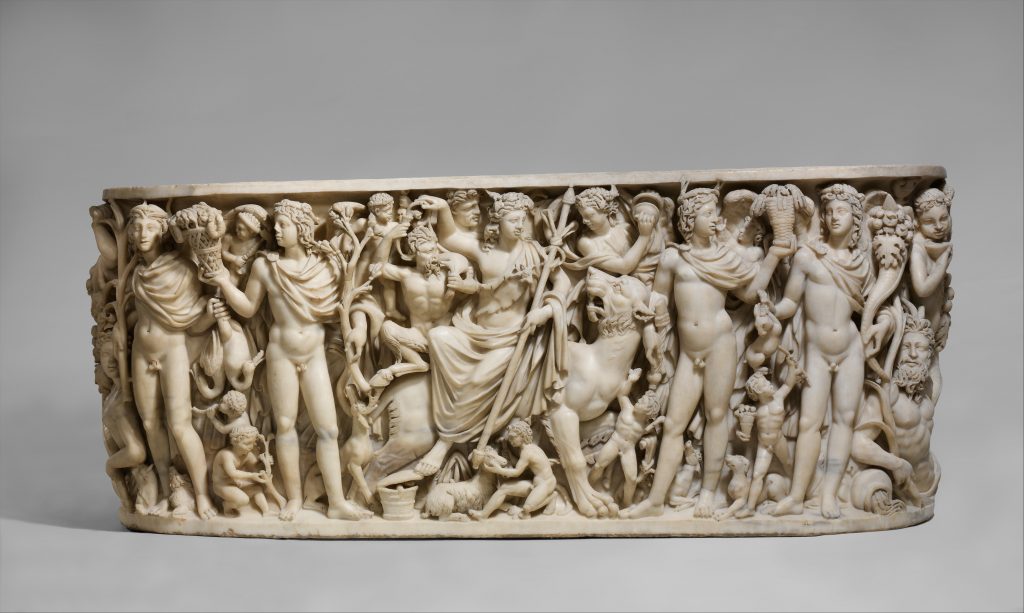
Grand tourists would return with crates full of books, oil paintings, medals, coins, and antique artifacts to be displayed in libraries, cabinets, drawing rooms, and galleries built for that purpose. The marble sarcophagus shown above was brought back from Italy to England by the third duke of Beaufort who found this item during his Grand Tour stop in Pompeii. Impressed by the European art academies on his Grand Tour, Joshua Reynolds founded the Royal Academy of Arts in London upon his return in 1768. The Grand Tour inspired many travelers to take a greater interest in ancient art. The British School in Rome was established to learn more about the Roman ruins and it still exists today.
Get your daily dose of art
Click and follow us on Google News to stay updated all the time
We love art history and writing about it. Your support helps us to sustain DailyArt Magazine and keep it running.
DailyArt Magazine needs your support. Every contribution, however big or small, is very valuable for our future. Thanks to it, we will be able to sustain and grow the Magazine. Thank you for your help!
Gokce Dyson
Based in Canterbury, Gokce holds a bachelor's degree in History and Archaeological Studies and a master's degree in Museum and Gallery Studies. She firmly believes that art enables us to find ourselves and lose ourselves at the same time. If Gokce is not tucked into a cosy corner with a medieval history book, she can be found spending her evenings doing jigsaw puzzles.

10 UNESCO World Heritage Sites to Visit in France During the Olympics
Visitors to the Olympics will not only be able to enjoy the sports while supporting their favorite countries and athletes. France offers an unusual...
Ledys Chemin 29 July 2024

10 UNESCO World Heritage Sites to Visit in the Balkans
The Balkans, a region steeped in history, culture, and natural beauty, boasts a wealth of UNESCO World Heritage Sites. In this article, we explore...
Nikolina Konjevod 15 July 2024

A World Apart: Foreign Artists and Their Indian Journeys
India’s rich cultural heritage and diversity drew in foreign artists from around the world to capture its vast authentic beauty of the landscapes,...
Guest Profile 11 July 2024

5 Artsy Things to do in Tórshavn, Faroe Islands
You might find yourself wanting to travel to the Faroe Islands because you saw photographs of their spectacular bird cliffs and green mountainsides,...
Theresa Kohlbeck Jakobsen 23 May 2024
Never miss DailyArt Magazine's stories. Sign up and get your dose of art history delivered straight to your inbox!

The Grand Tour and Beginnings of Neoclassicism
Beginning in the late sixteenth century, it became fashionable for young aristocrats to visit Paris, Venice, Florence, and above all Rome, as the culmination of their classical education. Thus was born the idea of the Grand Tour, a practice that introduced the English, Germans, Scandinavians, and also Americans to the art and culture of France and Italy for the next 300 years. Travel was arduous and costly throughout the period, possible only for a privileged class—the same that produced gentleman scientists, authors, antiquaries, and patrons of the arts.
The Grand Tourist was typically a young man with a thorough grounding in Greek and Latin literature as well as some leisure time, some means, and some interest in art. The German traveler Johann Joachim Winckelmann pioneered the field of art history with his comprehensive study of Greek and Roman sculpture and his long residence in Rome. Most Grand Tourists, however, stayed for briefer periods and set out with less scholarly intentions, accompanied by a teacher or guardian, and expected to return home with souvenirs of their travels as well as an understanding of art and architecture formed by exposure to great masterpieces.
London was a frequent starting point for Grand Tourists, and Paris a compulsory destination; many traveled to the Netherlands, some to Switzerland and Germany, and a very few adventurers to Spain, Greece, or Turkey. The essential place to visit, however, was Italy. The great focus was Rome, whose ancient ruins and more recent achievements were shown to every Grand Tourist. Panini’s Ancient Rome and Modern Rome represent the sights most prized, including celebrated Greco-Roman statues and views of famous ruins, fountains, and churches.

Since there were few museums anywhere in Europe before the close of the eighteenth century, Grand Tourists often saw paintings and sculptures by gaining admission to private collections, and many were eager to acquire examples of Greco-Roman and Italian art for their own collections. In England, where architecture was increasingly seen as an aristocratic pursuit, noblemen often applied what they learned from the villas of Palladio in the Veneto and the evocative ruins of Rome to their own country homes and gardens. The Grand Tour gave concrete form to northern Europeans’ ideas about the Greco-Roman world and helped foster Neoclassical ideals. The most ambitious tourists visited excavations at such sites as Pompeii, Herculaneum, and Tivoli, and purchased antiquities to decorate their homes. [1]
The artists and intellectuals who were inspired by the Classical past contributed to early Neoclassicism, which was both a way of viewing the world and a visual style. Neoclassicism ( neo means “new”) sought to present Classical ideals and subject matter in a style derived from Classical Greek and Roman sources. Neoclassical paintings reflect the frozen forms, tight compositions, and shallow space of ancient relief sculpture. Because the ancient world was considered the font from which British and European democracy, secular government, and civilized thought and action flowed, its art was viewed as the embodiment of timeless civic and moral lessons. Neoclassical paintings and sculptures were frequently painted for and displayed in public places in order to inspire patriotism, nationalism, and courage in defense of the state. Neoclassicism was frequently used in Britain, America, and especially France as a visual expression of the state or government. [2]
- Sorabella, Jean. “The Grand Tour.” In Heilbrunn Timeline of Art History. New York: The Metropolitan Museum of Art, 2000–. http://www.metmuseum.org/toah/hd/grtr/hd_grtr.htm (October 2003) ↵
- Marilyn Stokstad, Art History , vol. 2, 4th ed, (Upper Saddle River, NJ: Prentice Hall: 2011), 911. ↵
Renaissance Through Contemporary Art History Copyright © by Utah Valley University is licensed under a Creative Commons Attribution-NonCommercial-ShareAlike 4.0 International License , except where otherwise noted.
The Educated Traveller
History of the grand tour .
In the early years of the 18th and 19th centuries it was fashionable, for wealthy British families, to send their son and heir on a tour of Europe. A trip that was designed to introduce the young ‘ milord ‘ to the art, history and culture of Italy. The British educational system was based on Latin and Greek literature and philosophy. An educated person was taught the classics from a very early age. Whilst the original Grand Tourists were mostly male, there were a few enlightened families who sent their daughters to ‘the continent’ too. Aristocratic families regarded this journey to Europe as an opportunity to complete their education. The journey was known as the ‘Grand Tour’. The young gentlemen and a few ladies were often accompanied by a ‘learned guide’ a person who could act as a tutor and chaperone. These guides, usually highly educated, were known in Italian as ‘ cicerone’ and it was their job to explain the history, art and literature of Italy to their young charges.
A ‘Grand Tour’ generally included visits to Rome, Naples, Venice and Florence. On the journey south Geneva or Montreux in Switzerland were popular stopping off points too. Think Daisy Miller in Henry James novella of the same name. Wealthy families traversed Europe, often for months on end, absorbing every possible palace, party and picnic in the process. For many it was a very long and decadent party for others it was a necessary departure from their homeland until the dust of a divorce, bankruptcy or other social scandal had settled.
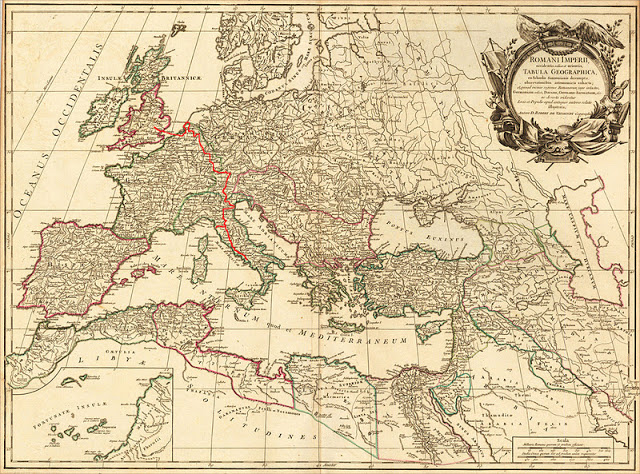
THE JOURNEY – Young gentlemen would make the journey south from The British Isles, either by ship or overland by horse and carriage. There are numerous reports of these young travellers being made chronically ill by travel sickness, rough seas and ‘foreign food’. In the 1730s and 1740s roads were rough and full of potholes, carriages could expect to cover a maximum of 15-20 miles per day. Highwaymen and groups of brigands often preyed on travellers, hoping to steal money and jewels. In the days of the ‘Grand Tour’ travel wasn’t for the faint-hearted . Crossing the Alps was a particular challenge. Depending on the age and level of fitness of travellers, it may have been necessary to hire a sedan chair to be carried, literally, by strong local men over various Alpine passes. In fact the ‘chairmen of Mont Cenis’ close to Val d’Isere were known throughout the Alps for their strength and dexterity. These ‘chair carriers’ worked in pairs and groups of four, six or even eight men – they physically carried the ‘Grand Tourists’ over the Alps.

TRAVELLING – Having endured a crossing of the Alps the young ‘milordi’ would head to Milan or Turin where the local British consulate would offer a warm welcome. However, the really attractive destinations were further away, particularly Venice, Florence, Rome and Naples. These cities were renowned for their entertainment, lavish parties and sense of fun. There’s a fantastic cartoon, by David Allen (above) showing a young aristocrat arriving in Piazza di Spagna, Rome. His carriage is instantly surrounded by local touts, street performers, actors and actresses, all anxious to separate young ‘Algernon’ from his trunk full of cash! It’s interesting to remember that the Italians have been welcoming tourists to their lands for centuries. They’ve learned a thing or two about helping newly arrived foreigners!
VENICE – In Venice the British Consul Joseph Smith was an art collector and supporter of local artists. Smith lived in a small palace on the Grand Canal, filled with paintings, art, books and coins. He was patron of Canaletto, probably the most famous and popular Venetian painter of his day. Canaletto painted ‘vedute’ scenes of Venice. Every Grand Tourist wanted to leave with a Canaletto painting as a souvenir of the Grand Tour. Smith’s art collection was so impressive that a young King George III purchased the entire collection in 1762, when he was himself on the Grand Tour. So Joseph Smith’s art collection became the basis of the British ‘Royal Collection’ of art much of which can still be seen at Buckingham Palace or in the National Gallery, London today. Whilst in Venice the young Grand Tourists would attend concerts, visit churches and wherever possible attend a ball or two. Venice at Carnival time was a particular fascination – an opportunity to put on a mask and be whoever you wanted to be!
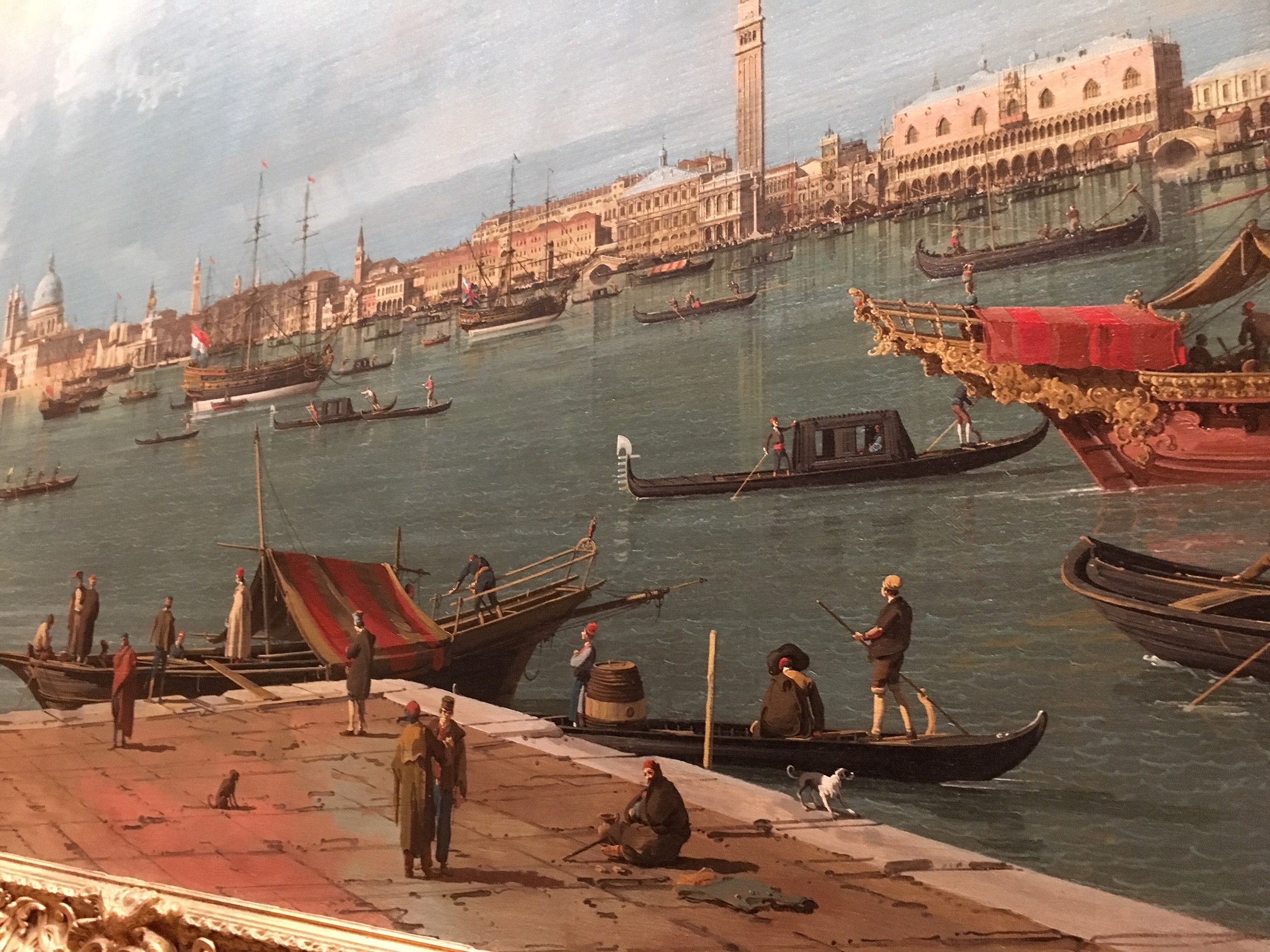
A typical Grand Tour of Europe could last up to two years and would always include several months staying in each city visited.
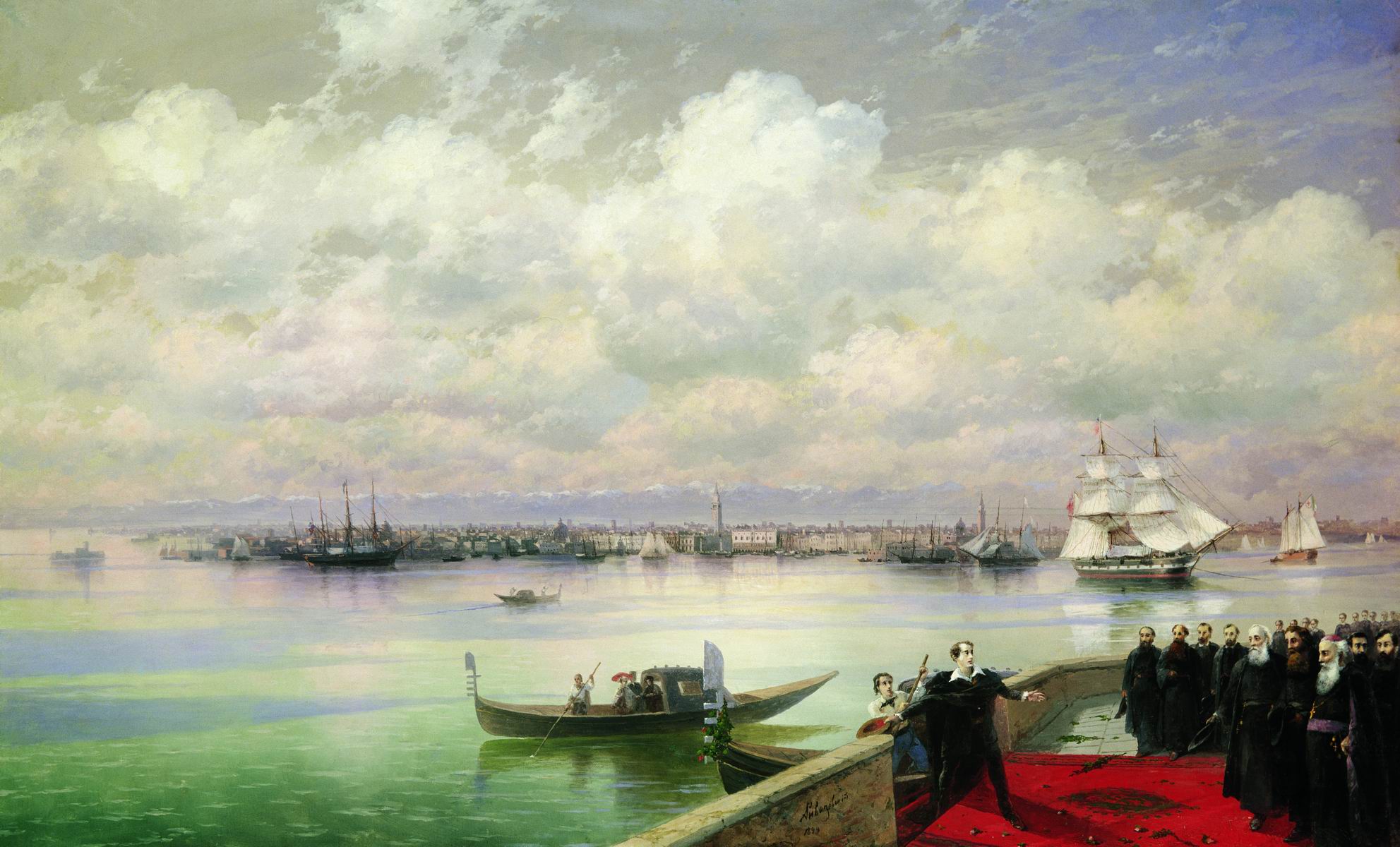
Florence was popular for its renaissance art, magnificent country villas and gardens, whilst Rome was essential for proper, classical, ancient ruins. Venice was the party city, especially at the time of Carnival. Naples was regarded as the home of archaeology, excavations at Pompeii and Herculaneum began in the 1730s and Vesuvius was quite active at this time. Plumes of volcanic gases and occasional lava flows would illuminate the mountain after dark. The Grand Tourists would position themselves on the lower slopes of the volcano to watch the nightly spectacle.
IN ROME – many of the Grand Tourists funded excavation work in and around the Roman Forum and the Colosseum. Many of the Grand Tourists wanted to acquire a Roman statue or sculpture to take home as a souvenir. There were numerous stonemasons working in and around the basement of the Colosseum, creating modern and ‘antique’ marble sculptures. Even in the 18th century demand exceeded supply in the ‘genuine Roman sculpture market’. Many Grand Tourists left for home with an ‘original’ antique Roman statue, which years later, under expert examination turned out to be a fake! The artist Panini painted several imaginary compositions of young Grand Tourists surrounded by paintings of Roman buildings and ruins. Each of the ‘ruins’ in the paintings was based on an actual Roman building. For example, in the painting below The Pantheon is clearly visible just to the right of the two standing gentlemen. Above the Pantheon is the Colosseum. On the left of the painting above the two seated gentlemen the Roman arches of Constantine and Septimius Severus can be seen.
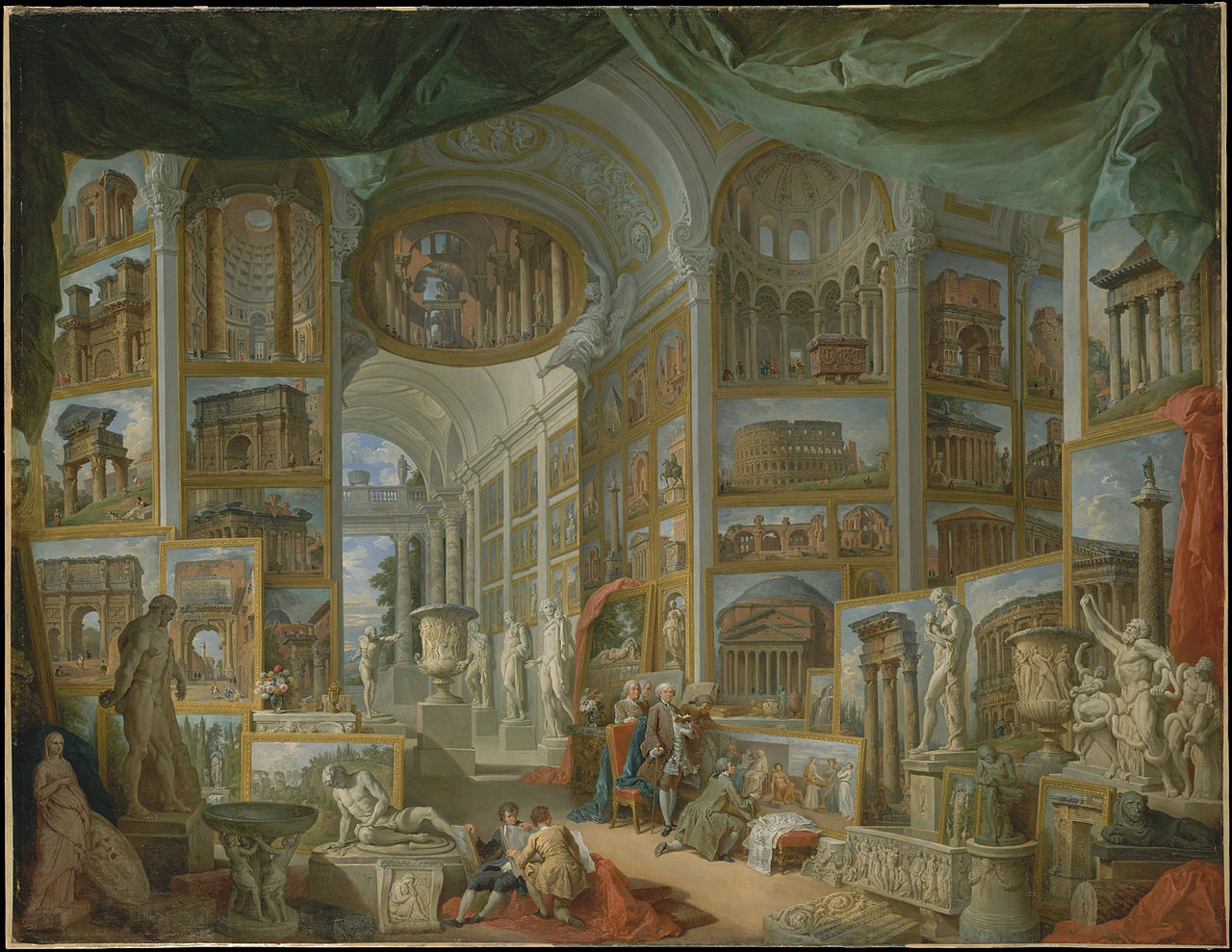
Roma Antica – by Giovanni Paolo Pannini c. 1754 – Stuttgart Art Museum
The Grand Tour inspired many travellers to take a greater interest in Roman history and art. The study of archaeology was born at this time with extensive excavations taking place in Pompeii, Herculaneum and in the area of the Roman Forum in Rome. The British School at Rome was established to learn more about the Roman ruins and to fund excavations. The School still exists today. Below is another painting by Pannini showing the wonders of Modern Rome (1750s) – featuring details of Baroque fountains, palaces and elegant piazzas. These exceptionally detailed paintings effectively catalogue the ‘ancient marbles’ discovered in Italy by the middle years of the 18th century.
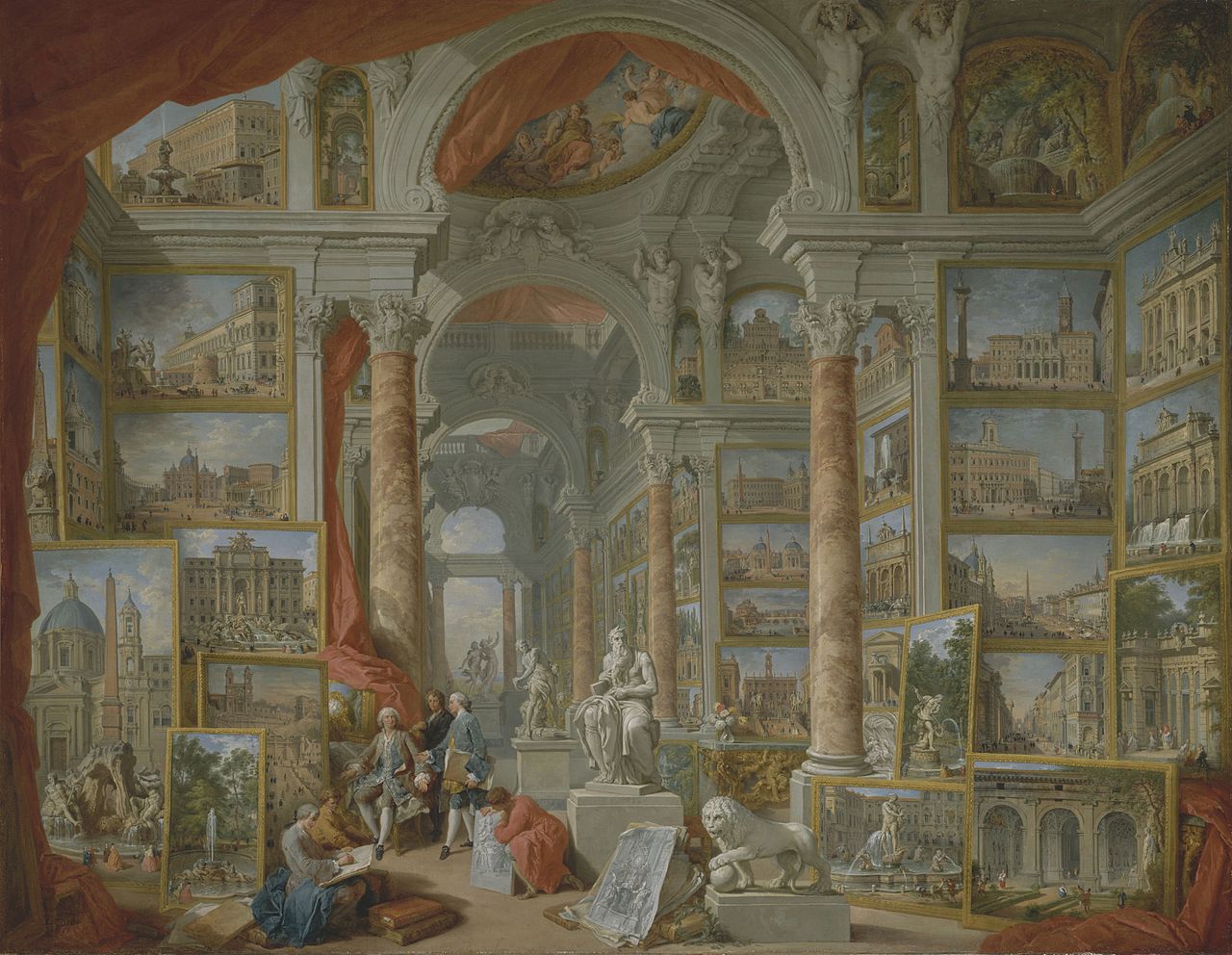
NAPLES – for fun and excitement on the Grand Tour was very popular. Lord Hamilton, British Ambassador in Naples was a wonderful host and put on spectacular parties and musical evenings. His second wife Emma Hamilton would dress in Roman and Greek style clothing and perform a series of ‘Attitudes’ where guests had to guess her identity. It was here at the Hamilton residence that Emma attracted the attention of Lord Nelson, British naval hero of the day, and they became lovers.
Meanwhile Vesuvius , the volcano that dominates the Bay of Naples was having an active phase in the 1760s and 1770s, most days steam could be seen rising from the crater and frequently, especially after nightfall, streams of glowing lava could be observed. Lord Hamilton wrote several articles on Vesuvius and the lava flows that he witnessed. Many visiting painters were inspired to paint Vesuvius and the surrounding area. The science of vulcanology was in its infancy. The spectacle that Vesuvius offered visitors most nights must have seemed quite extraordinary to the early Grand Tourists – typically away from home in strange and different lands for the first time.
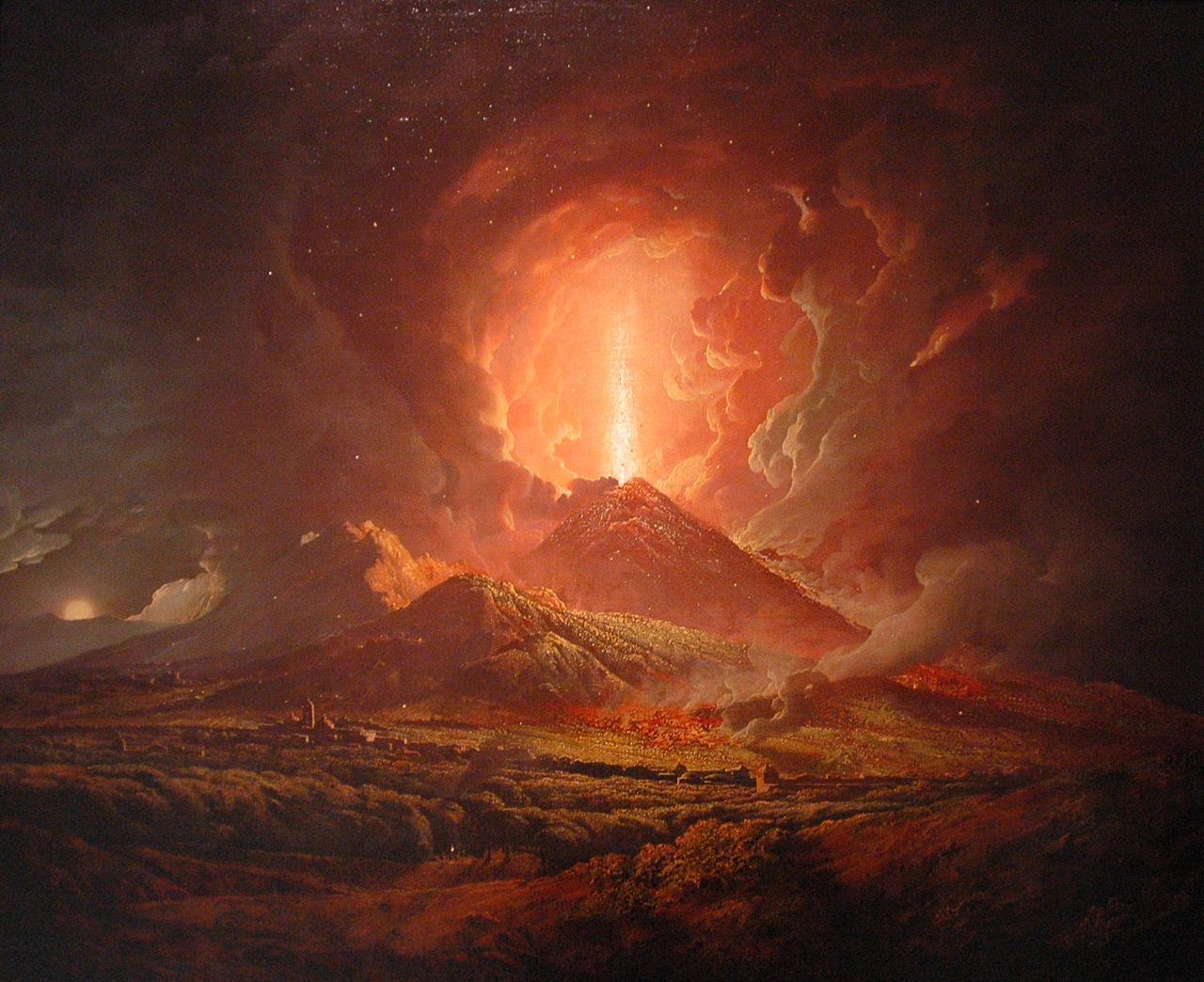
From Naples it was relatively easy to arrange transport on a British ship back to England. So Naples was a popular end point for the 18th century Grand Tour. The young aristocrats would board a ship bound for England and assuming no rough seas they’d be home within a few weeks. Typically they’d have extensive luggage including marble statues and friezes from Rome, paintings and glassware from Venice, even lava samples and pumice stone from Naples . All these souvenirs would be displayed with great pride in the family home. The impact on British country houses of the Grand Tour can still be seen today. Almost every stately home in Britain has several paintings by Canaletto, commissioned during the Grand Tour. Many stately homes have a sculpture gallery, often specially built to accommodate the Roman statues and marble work brought back from the Grand Tour.
In a sense the Grand Tour was the start of modern tourism, it was a journey taken to learn and experience new and different styles of art, architecture and culture. A journey designed to understand and learn about Europe. The Grand Tour was a couple of years enjoying the best that Europe (especially Italy) had to offer. Parties, ladies, fine food and wine – and family members at a distance – a letter from mama or papa would take weeks to arrive. The young aristocrats had freedom, fun, sun and souvenirs. What finer way to complete a young gentleman’s education. Head home with a sack full of souvenirs and a full and varied experience of life – this was escapism at its best!
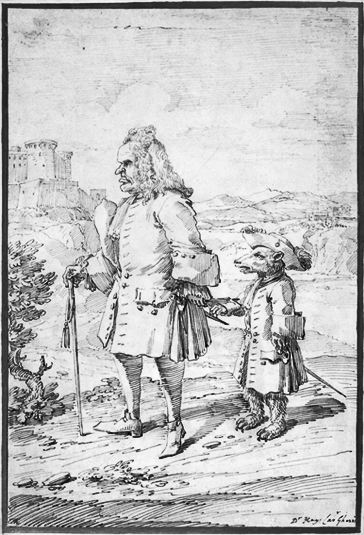
- ‘Milordi’ is a term referring to aristocratic men, literally meaning ‘my lords’. In the days of the Grand Tour the term ‘milordi’ was an ironic and satirical way of referring to young, aristocratic men, travelling in Europe with (generally speaking) more money than sense.
- Cicerone or bear-leader was a popular term for a man who escorted young men of rank or wealth on their travels on the Grand Tour . The role of cicerone or bear-leader blended elements of tutor, chaperone and companion. These tutor-companions were often hired to keep the young ‘milordi’ out of trouble and to ensure that they didn’t do anything to embarrass their families. The name Cicerone originally comes from ‘Cicero’ referring to the famous Roman orator, politician, thinker and writer., who lived from 106-43 BC.
Many of London’s museums have exceptional collections of Italian and Greek paintings and sculptures as a result of the Grand Tour. The National Gallery has an amazing collection: https://www.nationalgallery.org.uk/paintings/learn-about-art/paintings-in-depth/the-grand-tour
- I’ve written about Herculaneum at the time of the eruption of Vesuvius in 79AD.
- I’ve also written other articles about Naples and Herculaneum:
- Herculaneum – a very bright future…..
- Naples, A Crazy Prince and fantastic pizza…
- To learn more about unique travel opportunities and tailor-made journeys check out our sister web site: Grand Tourist for ideas and examples of exceptional travel experiences.
- The picture at the top of this article (reproduced below) is by German 19th century painter Carl Spitzweg. It is a wonderful, and humorous portrayal of earnest English tourists soaking in the atmosphere at a ruined temple site (it could be Paestum, south of Naples). Although I think it might be Agrigento, Sicily. The artist has captured the mood of the ‘Grand Tourists’, just look carefully at the characters!
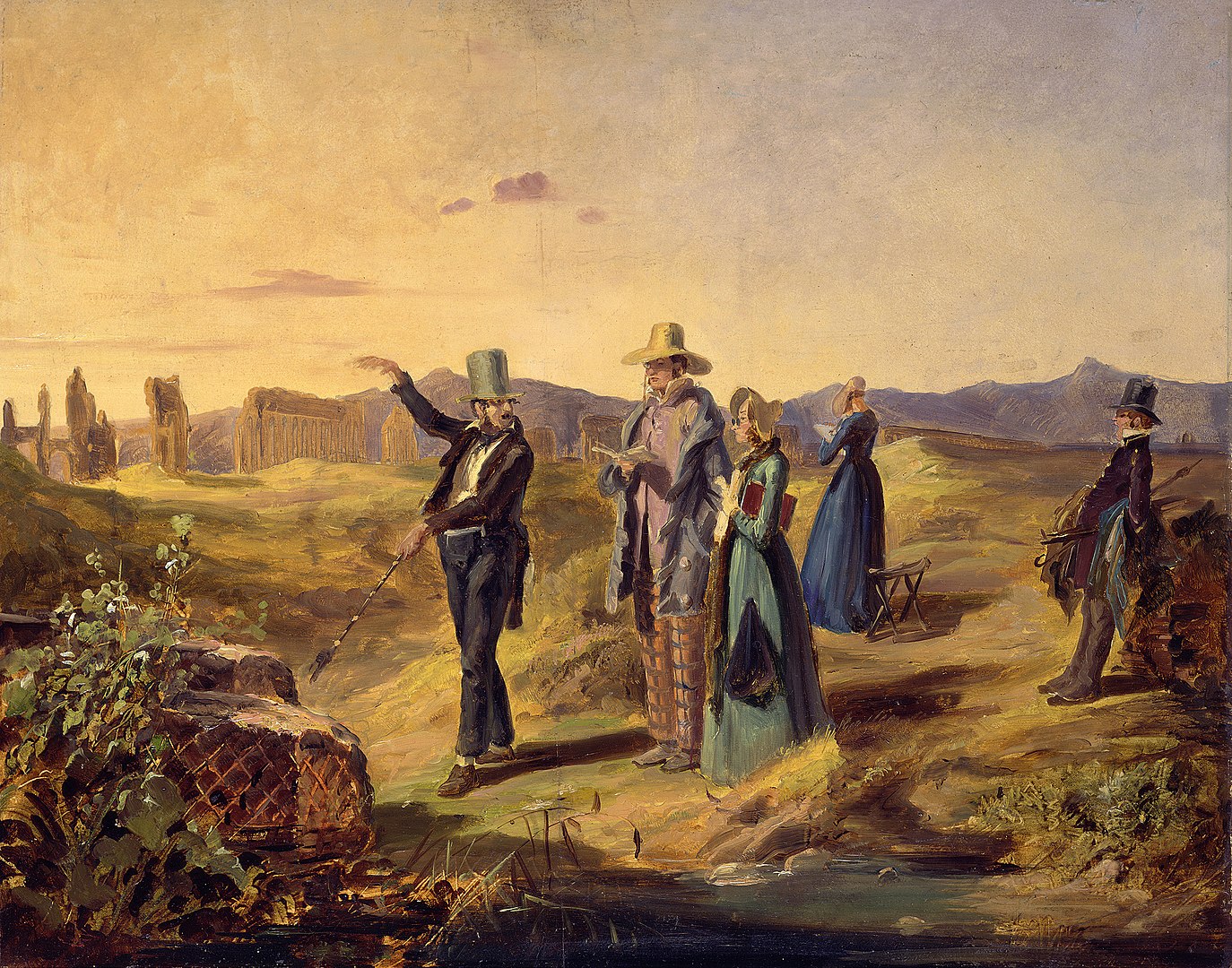
Herculaneum, Roman seaside town, buried by eruption of Vesuvius 79 AD (left). Map (right) shows areas excavated by 1908
- NOTE: Journeys in Europe are designed by our sister company www.grand-tourist.com drop us a line to discuss your perfect grand tour.
- Written: 23-11-17
- Updated: 15-11-20 / 10-01-2022 / 10-12-2023
#grandtour #grandtourist #educatedtraveller #archaeology

Share this:

30 thoughts on “ History of the Grand Tour ”
- Pingback: What Was the Grand Tour? – Kat Devitt
Thank you for including my article in your list. I am fascinated by the Grand Tour – possibly Adam Smith’s decision to leave his post and become a private tutor, meandering around Europe, was not such an unusual one. Certainly the Italian cities of Venice, Florence, Rome and Naples were filled with eager ‘tourists’ anxious to learn and often to finance restoration of ancient buildings. It must have been a very interesting time.
Absolutely amazing piece. Thank you for providing such interesting information!
Like Liked by 1 person
Thank you Natalia x
Thanks for linking to my ‘History of the Grand Tour’. Curiously I too was an undergraduate at Oxford, although not one of the drunken ones. Were you a Rhodes or a Fulbright Scholar? The authors who wrote for the original Grand Tourists were people like John Murray and Baedeker. In fact you couldn’t call yourself a serious ‘tourist’ without a small red volume of either writer tucked under your arm!
- Pingback: Venice – Carnival 2020 – The Educated Traveller
- Pingback: Venice – Casanova, Casinos & Canaletto – The Educated Traveller
- Pingback: Gap Years and the Singaporean Dream - Hype Singapore
- Pingback: An English Country House – The Educated Traveller
Hello Miss Onion – thanks for finding my blog. Please can you put the source as educated-traveller.com Thank you. Also the book about the Grand Tour is by Brian Dolan (Katie Hickman just wrote a review) If you want a little more background on the Grand Tour just ask – I run a travel business called Grand Tourist as well as writing my blog! Have a good day.
- Pingback: Venice – happy to be back… – The Educated Traveller
Excellent, enjoyably breezy summary of a very important 18th century phenomenon, really enjoyed it, thank you.
Hi Arran – thank you so much for this kind comment. I’m delighted you enjoyed my summary!
- Pingback: Paestum – Greek Temples, Tomb Paintings & Ristorante Nettuno – The Educated Traveller
- Pingback: Art can make you laugh… – The Educated Traveller
- Pingback: New Year – Neuchâtel – New Thinking – The Educated Traveller
- Pingback: The best chocolate in Italy – The Educated Traveller
- Pingback: Crossing the Alps in style – The Educated Traveller
- Pingback: Rome – There’s so much to see at the city gates – The Educated Traveller
- Pingback: Canaletto and Venice – The Educated Traveller
- Pingback: Rome – the eternal city – The Educated Traveller
- Pingback: Herculaneum – a bright future in 2018 – The Educated Traveller
- Pingback: My favourite London museum – The Educated Traveller
- Pingback: Vesuvius – volcanic eruption, Herculaneum & Pompeii – The Educated Traveller
So THIS is where the name for your tour company originated! I feel like a GRAND TOURIST when I’m traveling with you, Janet–learning as I travel just like the folks from centuries ago! Thanks for this terrific background article!
I was going to say the same as Mary Lou Peters, and congratulate you on your four bears (Darn that predictive text – I had actually dictated “congratulate you on your forebears”!) – A truly riveting and informative article – superb reading – thank you so much for that!
Thank you John – appreciated!
Leave a comment Cancel reply
This site uses Akismet to reduce spam. Learn how your comment data is processed .

- Already have a WordPress.com account? Log in now.
- Subscribe Subscribed
- Copy shortlink
- Report this content
- View post in Reader
- Manage subscriptions
- Collapse this bar
- What Was The Grand Tour...
What Was the Grand Tour and Where Did People Go?

Freelance Travel and Music Writer
Nowadays, it’s so easy to pack a bag and hop on a flight or interrail across Europe’s railway at your own leisure. But what if it was known as a right of passage, made no easier by the fact that there was no such modern luxury? Welcome to the Grand Tour – and we’re not talking about Jeremy Clarkson’s TV series …
What was the grand tour all about.
The Grand Tour was a trip of Europe, typically undertaken by young men, which begun in the 17th century and went through to the mid-19th. Women over the age of 21 would occasionally partake, providing they were accompanied by a chaperone from their family. The Grand Tour was seen as an educational trip across Europe, usually starting in Dover, and would see young, wealthy travellers search for arts and culture. Though travelling was not as easy back then, mostly thanks to no rail routes like today, those on The Grand Tour would often have a healthy supply of funds in order to enjoy themselves freely.

What did travellers get up to?
Just like us today, explorers travelled to discover and experience all kinds of different cultures. With their near-unlimited funds, travellers would often head off for months – or even years – in search of Western civilisation, perfecting their language skills and even commissioning paintings in the process.
Of course, in the 17th century, there was no such thing as the internet, making discovering things while sat on the other side of the world near impossible. Cultural integration was not yet fully-fledged and nothing like we experience today, so the only way to understand different ways of life was to experience them yourself. Hence why so many people set off for the Grand Tour – the ultimate trip across Europe!
Typical routes taken on the Grand Tour
Travellers (occompanied by a tutor) would often start around the South East region and head in to France, where a coach would often be rented should the party be wealthy enough. Occasionally, the coaches would need to be disassembled in order to cross difficult terrain such as the Alps.
Once passing through Calais and Paris, a typical journey would include a stop-off in Switzerland before crossing the Alps in to Northern Italy. Here’s where the wealth really comes in to play – as luggage and methods of transport would need to be dismantled and carried manually – as really rich travellers would often employ servants to carry everything for them.
Of course, Italy is a highly cultural country and famous for its art and historic buildings, so travellers would spend longer here. Turin, Florence, Rome, Pompeii and Venice would be amongst the cities visited, generally enticing those in to extended stays.

Become a Culture Tripper!
Sign up to our newsletter to save up to $1,200 on our unique trips..
See privacy policy .
On the return leg, travellers would visit Germany and occasionally Austria, including study time at universities such as Munich, before heading to Holland and Flanders, ahead of crossing the Channel back to Dover.

Guides & Tips
The best private trips to book with your support group.

The Best Places to Travel in August 2024

Places to Stay
The best private trips to book for your classical studies class.

The Best Trips for Sampling Amazing Mediterranean Food

The Best Places in Europe to Visit in 2024

The Best Private Trips to Book in Europe

The Best Places to Travel in May 2024

The Best Private Trips to Book in Southern Europe

The Best Private Trips to Book for Your Religious Studies Class

The Best European Trips for Foodies

The Best Rail Trips to Take in Europe

Five Places That Look Even More Beautiful Covered in Snow
Culture Trip Summer Sale
Save up to $1,200 on our unique small-group trips! Limited spots.

- Post ID: 1702695
- Sponsored? No
- View Payload
Voices Blog
Art and Design
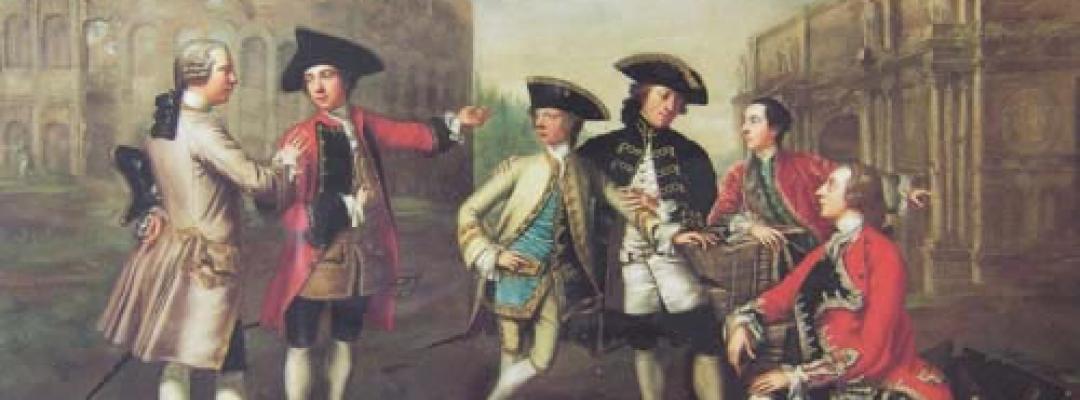
The Grand Tour: Art and Travel of the 18th Century
Course instructor birgit urmson, ph.d., explains how to get more enjoyment out of your museum visits.
What is an allegory, a symbol, or an emblem? How do we distinguish Rococo from the Baroque? Why the rise in Neoclassicism in the mid-18th century? Tourists may encounter famous art without really seeing and understanding it for lack of grounding in art history.
In Birgit Urmson's course, The Grand Tour, Art and Travel of the 18th Century , she asks you to accompany the upper-class English-speaking traveler of the 18th century to Rome, with stops in Paris, Turin, Venice, Florence, and—perhaps—Naples and Pompeii. Through the eyes and experiences of those renowned travelers, you learn to recognize the different art periods: Classical Greek/Roman, Renaissance, Baroque and Late Baroque, Rococo, and Neoclassical.
Through a systematic approach, you see styles, trace their evolution and recognize themes so that paintings, sculpture and architecture share their richly evocative stories of time and place.
Go beyond oohing and aahing at the splendor of French Baroque at Versailles, and understand how that sumptuous detail reflects and buttresses absolute royal authority.
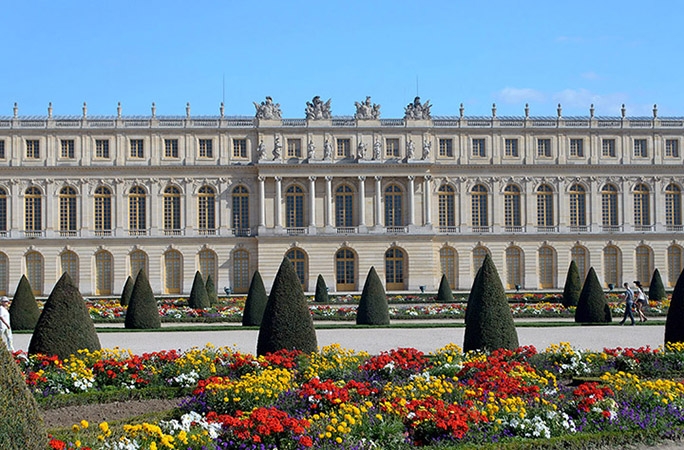
Art and architecture have deeper stories to tell beyond the apparent form, volume, line and color. And these stories help develop your eye for what makes fine art important. The Roman Baroque’s magnificence served powerful Roman families and the Papal Court. In Paris, the Louvre’s famous East Front expresses self-confidence and Louis XIV’s French superiority. French painter Jacques-Louis David’s sensational works at the end of the 18th century shout out revolutionary zeal.
In painting, the allure of color, the beauty of line, the mystery of pictorial space, and the drama of the composition tell stories. In portraiture, we see images of saints, gods, and sovereigns. Famous historical scenes cover panels and ceilings in churches and palazzos. We will learn about the role of imagination, the dialogue between a painting and its viewer. What was the message? How does painting reveal and confirm a social and mental universe? How, for example, does Michelangelo’s famous Last Judgment reveal shock caused by the Protestant Reformation, and the Papacy’s attempt to triumph over it?
Grand Tourists of any age need to understand the context in which art was created. This is particularly true for statuary in public spaces, such as the royal equestrian genre, busts of important personalities, and the innumerable statues of saints and martyrs on the facades and in the cavernous interiors of Italian churches.
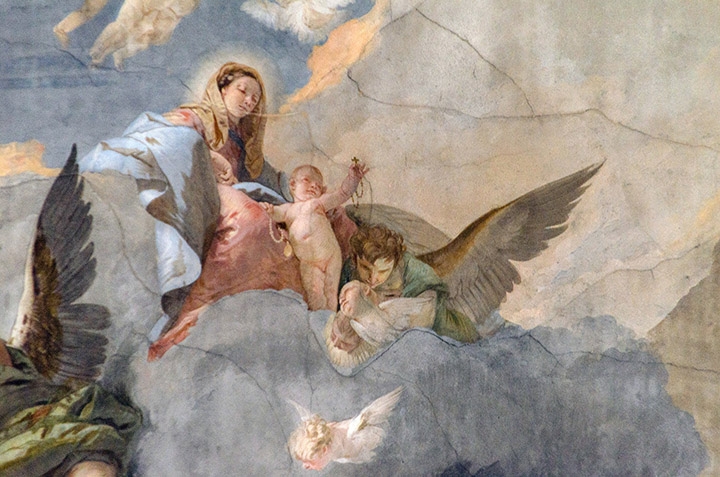
The English traveler first encountered Rococo’s playful, light ornamentation in France. Later, Venice’s sweet decadence was sure to seduce with its refined aesthetics. Venice’s famous annual Carnival, which went on for seven months, and Tiepolo’s light-handed painted universe, full of delights, proved irresistible. With the 18th-century’s birth of freedom of thought, the Enlightenment, frolicking gods and visions of martyrdom give way to art’s increasingly personal and private turn, becoming more accessible, developing a fascination for the natural world, and feeling more modern.
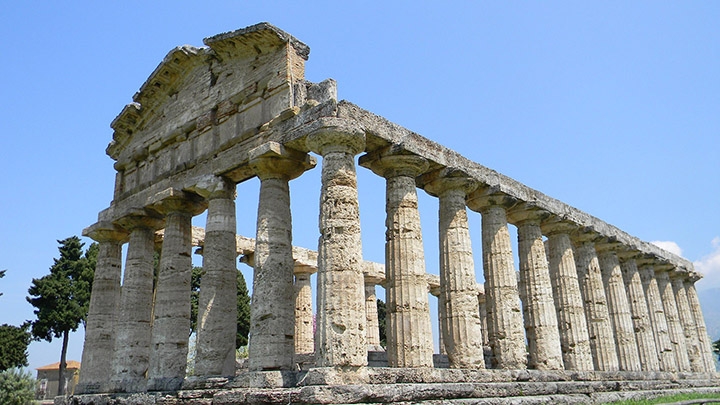
Sumptuous Rome with its imposing structures such as St. Peter’s Dome, its theatres and its music, was on every Grand Tourist’s plan, and what occupied and fascinated most was the discovery of antique Roman art. Antiquity was new, and became a veritable craze. Tourists visited Greek and Roman ruins, viewed ancient sculpture, and read classical authors.
“Noble Simplicity and Calm Grandeur”... J.J. Winckelmann, considered the first art historian, used these words to describe Roman marble copies of Greek statuary. The Torso of Belvedere and the Laocoon Group, aesthetic points-of-departure for painting and sculpture since the Renaissance, became “must-sees.” Copies of ancient Roman and Greek temples began to appear, in variations, throughout England, along with temples to Venus and Italian paintings, both originals and many good copies. Elegant neo-classical decorations appeared in dining and drawing rooms. A little later, these appeared in North America as well. Classical ideality, ideal nudity, and classical orders in architecture can be seen throughout subsequent periods in Western art.
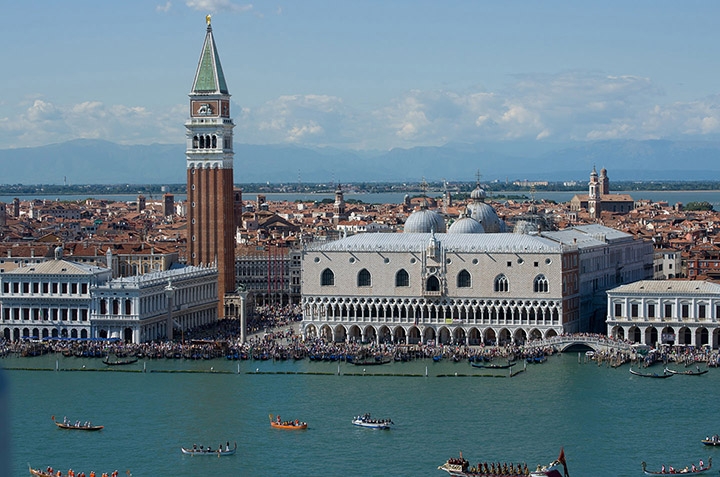
Grand Tourists also had an effect on the local economy. Travelers were anxious to acquire, and this spawned a lively trade in restored and copied artifacts from antiquity, and portraits done by Italian masters. Clever artists developed the Veduta , a view over the city by, among others, Canaletto in Venice and Piranesi in Rome. Artists also developed the Capriccio , a fantastic painting where the city’s topography and its relics from antiquity are presented together in one space in a captivating mix of the real and the imaginary.
Urmson's The Grand Tour: Art and Travel of the 18th Century starts March 17 in San Francisco. Open your eyes, mind and imagination to a world of infinite creation, and prepare yourself for your next big adventure.
Stay up to date with courses and trends in Visual Arts
Deepen your skills, visual arts, related posts.
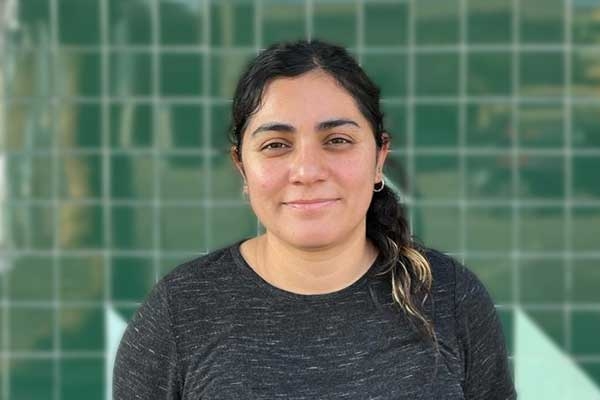
Possibilities Are Endless in Visual Arts
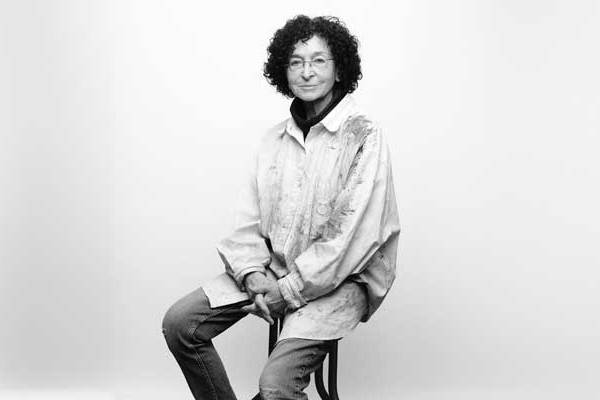
Lifelong Passion for Art

A Winding Path to Designing a Dream Job
View the discussion thread.
- 1 Understand
- 2 Get around
- 3.1 United Kingdom
- 3.2 Benelux
- 3.4 Switzerland
- 3.6 Austria
- 3.7 Germany
- 3.8 Other destinations
<a href=\"https://tools.wmflabs.org/wikivoyage/w/poi2gpx.php?print=gpx&lang=en&name=Grand_Tour\" title=\"Download GPX file for this article\" data-parsoid=\"{}\"><img alt=\"Download GPX file for this article\" resource=\"./File:GPX_Document_rev3-20x20.png\" src=\"//upload.wikimedia.org/wikipedia/commons/f/f7/GPX_Document_rev3-20x20.png\" decoding=\"async\" data-file-width=\"20\" data-file-height=\"20\" data-file-type=\"bitmap\" height=\"20\" width=\"20\" class=\"mw-file-element\" data-parsoid='{\"a\":{\"resource\":\"./File:GPX_Document_rev3-20x20.png\",\"height\":\"20\",\"width\":\"20\"},\"sa\":{\"resource\":\"File:GPX Document rev3-20x20.png\"}}'/></a></span>"}'/>
In early modern Europe , the Grand Tour was an educational journey undertaken by an elite of young men, and in some cases women, who could be sponsored by wealthy parents, or other benefactors.
The Grand Tour became customary among British noblemen in the 17th century, following the end of the Thirty Years War , the English Civil War , and associated wars. With the Westphalian Treaty, peace became the rule, rather than the exception, in Europe. While the tourists were guided by a cicerone , the wealthiest could travel with a staff of servants. Tourists had opportunities to learn languages such as French and Italian , see works of European art (and have themselves portrayed by a painter), listen to European classical music , and see classical architecture . They could also practice gentlemen's sports , such as horse riding and fencing.
While the Tour was not a religious voyage in itself, tourists from Catholic families visited the Vatican , while the Protestants often saw locations of the Protestant Reformation , such as Geneva and Lausanne .
The Grand Tour coined the word tourist . As roads improved during the 18th century, the Grand Tour became more common (including young women), and the trips became longer. The tradition declined in the 19th century, as steam powered ships and railways made travelling more mundane, and other destinations became more popular; modern nationalism and imperialism encouraged Europeans to seek out nature and culture within their own countries, or to explore overseas colonies and dominions.
A similar tradition for artisans without wealth or noble birth was the journeyman years , when they travelled around Europe, usually on foot, to practice their craft, typically for three years or x years and x days. This custom, with the surrounding ceremonies, is still alive in Germany .
A much less elitist but somewhat related concept is "doing Europe" as many young North Americans put it - a short trip of Europe making pit stops at the most postcard-worthy highlights, but few things in between. Young Europeans themselves might spend a summer seeing much of the continent on European rail passes , while the rise of no-frills aviation has made trips around Europe accessible to ever more people.
The typical tourists rode a horse cart around Europe. While roads improved during the centuries, travel remained slow, expensive and risky, until the advent of railroads in the 19th century. Today of course the situation has vastly changed with Europe home to some of the best railroads, cheapest airlines and best maintained roads in the world. There is no reason besides masochism to take a horse cart these days, and on many roads it would not actually be street-legal. High speed rail has replaced many of the sleeper trains that used to be a mainstay of Interrailers of days past in the area this article covers, enabling you to breakfast in Paris, take a coffee in Frankfurt and be in Berlin by dinnertime or the equivalent on other itineraries – at rates that people in the 18th century would have had a duel over. Road tolls range from the substantial in places like France to the nominal to zero in places like Germany , and while their purpose is no longer to pay the patrols against highwaymen, streets are safer than they have been in decades if not centuries.
Crossing the Alps was a daunting task, and it often influenced the itineraries taken. Some even disassembled or sold their carriage ahead of the crossing. Today the crossing can be done in a few hours on a train or plane, but going by car in the summer, the passes and tunnels are still rather prone to congestion. There are well maintained paths with centuries of history crossing the Alps, offering breathtaking views in exchange for strenuous hikes. Legendary mountain-passes like the St. Gotthard or the Brenner have been tunnelled under or are in the process of being tunnelled under. Sometimes there is a tunnel dating to the 19th or early 20th century, which is now being replaced or supplemented by a "base tunnel" at a lower level. Even the UNESCO World Heritage listed Semmering Railway is in the process of having a base tunnel built underneath, with the once important alpine crossing relegated to a touristic and local line.

United Kingdom
Some tourists arrived in 51.233 2.916667 5 Ostend .
There are ferries from the British Mainland to points in the Netherlands and Belgium, but you can also take Eurostar directly to 50.84643 4.3517 6 Brussels .
British tourists arrived to the Kingdom of France in 50.95 1.85 7 Calais or 49.49 0.1 8 Le Havre .
While 48.856 2.351 9 Paris was a world-renowned centre for the arts, the city was notoriously filthy (both literally and figuratively) before the Haussmann renovation in the 19th century.
Switzerland
Before the first rail tunnels, most travellers avoided crossing the Alps . 46.2 6.15 10 Geneva and 46.51 6.63 11 Lausanne were important for the origin of the Protestant Reformation , and a traditional stop for tourists of that faith. Apart from that, Switzerland was seen as something of an uncultured backwater until well into the 19th century, and its well known political stability was still some ways off. The German word for coup d'etat "Putsch" originated in early modern Switzerland, after all.
- 47.5667 7.6 12 Basel
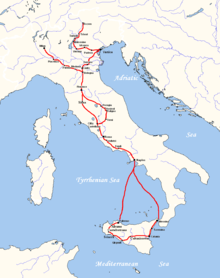
The Italian peninsula was the core of the lost Roman Empire , with heritage back to the Ancient Greek colonies as well. In the Italian Renaissance , some Italian city-states amassed wealth and power, and became a powerhouse for art, music, and fashion, in which the Italian language became the lingua franca . While the Italian "Golden Age" had ended in the 16th century, and foreign empires came to dominate Italy until it was unified in the 19th century, Italy remained as a centre for ancient history and the fine arts (especially European classical music ), and an important destination for tourists.
- 45.0667 7.7 13 Turin
- 45.46416 9.190278 14 Milan
- 45.4167 11.8667 15 Padua
- 44.5075 11.351389 16 Bologna is home to Europe's oldest university.
- 45.438611 12.326667 17 Venice was infamously decadent in these centuries.
- 43.7833 11.25 18 Florence was ruled by the Medici banking family, who were also patrons of the high arts. Its local dialect was the lingua franca of the entire peninsula, and was selected as the basis for modern standard Italian following unification.
- 43.7167 10.4 19 Pisa mostly known today for its leaning tower
- 41.9 12.483333 20 Rome was important; both as a caretaker of its ancient history, and, especially for Catholic tourists, as the seat of the Pope.
- 40.845 14.258333 21 Naples was an important city in the world of classical music
- Naples , Herculaneum , and 40.75 14.5 22 Pompeii
- The Greek ruins in 40.419667 15.005028 23 Paestum were the end of the line for many tourists.
A few adventurous tourists extended the tour to Sicily , Malta , or Greece , which was then under Ottoman rule. For this and other reasons, some of the tourists that made it beyond Naples skipped the voyage across to Greece and substituted it by taking their time among the ancient Greek ruins in Southern Italy , " Magna Graecia ", instead.
The Austrian Empire was the dominant power of Central Europe . From the 18th century, it became a forerunner in arts and sciences.
- 47.2667 11.3833 24 Innsbruck was an important stop, as the Brenner Pass was one of few passages through the Alps
- 48.208 16.373 25 Vienna was the capital of the Austrian Empire , and arguably the most important city for European classical music .
During the 17th and 18th centuries, Germany was a patchwork of small states. While none of them had the prestige of an Imperial capital, some were patrons of art, philosophy and science.
- 48.1333 11.5833 26 Munich was the capital of Bavaria , one of the largest Germanophonic states and a kingdom from the early 19th century. Bavaria's most famous monarch, Ludwig II, has left a few castles in the surrounding areas that draw millions of tourists to this day.
- The university of 49.4122 8.71 27 Heidelberg , founded in 1386, attracted many of Europe's greatest scholars. The town would later attract many American soldiers stationed in the area
- 51.051 13.738 28 Dresden thanks to the lavish spending of August the Strong and his son, Dresden boasted a wealth of architectural and artistic marvel, most of which has been restored from considerable war damage.
- 52.51794 13.38873 29 Berlin was the capital of Brandenburg/Prussia, which was seen as a backwater until at least the 18th century, in part because the ruling house spent more on military than on arts or architecture. The city grew as it became the capital of the German Empire in 1871.
- 52.4 13.0667 30 Potsdam a residence of Brandenburg/Prussia, it offers more surviving Prussian glory than Berlin.
- 50.9833 11.3167 31 Weimar was a patron of the arts and residence of Goethe and Schiller during their most productive phase. To this day it is a favourite for school excursions in Germany, though in part because the KZ Buchenwald in close proximity offers a stark reminder of the worst sides of Germany (see Holocaust remembrance ).
Other destinations
More distant destinations such as Madrid , Seville , Saint Petersburg and Jerusalem became more accessible in later years.
- Studying abroad
- Has custom banner
- Has mapframe
- Maps with non-default size
- Has map markers
- Outline itineraries
- Outline articles
- Europe itineraries
- Itineraries
- Pages with maps
Navigation menu
The New York Times
Frugal traveler | what is the grand tour, what is the grand tour.
To some people, it implies an extended jaunt around Western Europe. To others, it’s simply a long trip taken after college, whether to Southeast Asia, Central America or Southern France. In fact, the Grand Tour is all of these and more. Even though the basic contours of the Grand Tour were established in the 17th century — as a kind of cultural finishing school for affluent young gents — it has mutated to meet the shifting demands of generations of travelers.

“The classic Grand Tour was the wealthy, young man who spent several months — at least —traveling in Europe after finishing his formal schooling,” said Lynne Withey, author of “Grand Tours and Cooks’ Tours: A History of Leisure Travel, 1750-1915” (William Morrow, 1997). The young man typically hailed from England, and the tour, she said, served as “hiatus between adolescence and adulthood, between formal schooling and working — not that most of these people worked in the sense that we think of as work.”
The Grand Tourist “took in Paris and Italy and sometimes Greece ,” Ms. Withey said. “Italy especially was the high point, because these were people who were classically trained, and Rome and Greece were the cradle of Western civilization for them.”
Along the way, the young man would look at, and frequently buy, Renaissance paintings. Going to the opera was de rigueur. As was, in certain circles, sneering at the manners and customs of the French. To some extent, the Grand Tourist would also sow his wild oats, despite the presence of a “bear leader,” the tutor or clergyman who would accompany him to guide his studies and mind his behavior.
He would do this without any of the modern comforts of traveling: roads, railroads, hotels, restaurants, telephones and international banking networks. For transportation, he hired carriages. For lodging, he bunked at country inns or carried letters of introduction to family friends and business contacts in major cities. For money, he would rely on gold coins and letters of credit — “a pretty complicated system which I don’t even fully understand myself,” Ms. Withey said. Despite the young man’s wealth, the Grand Tour was never an easy journey.
By the middle of the 19th century, however, railroads were changing the Grand Tour. The Englishman Thomas Cook offered the first packaged tours and opened travel up to the middle class. This not only led to more standardized lodgings and meals, but it also spurred wealthier travelers to seek out their own enclaves, like the French Riviera , away from the masses.
The introduction of commercial aviation in the early 20th century — not to mention World War I — completely upended the classic Grand Tour, and by the 1960s it had become a low-budget European expedition for college grads, often in a Volkswagen bug. (This was my mother’s Grand Tour.) In the 1970s, the Grand Tour stretched as far as Kabul, and today it’s as likely to include Bangkok and Buenos Aires as Berlin and Brussels .
But the one thing that these disparate Grand Tours had in common was literature. From the beginning, the trip was as much a literary endeavor as a touristic one.
As early as 1611, Thomas Coryat wrote “Coryate’s Crudities,” an account of his “travells in France, Savoy, Italy, Rhetia commonly called the Grisons country, Helvetia alias Switzerland, some parts of high Germany and the Netherlands.” (Click here to read it on Google Books .)
In the 18th century, it seemed as if every Englishman who crossed the Channel felt compelled to pen a volume or two about his experience. Rather than reading all of them individually, I’m leafing through “The Grand Tour: 1592-1796,” edited by Roger Hudson, a well-illustrated compendium that traces the Grand Tour through the writings of Laurence Sterne, Horace Walpole, James Boswell and Edward Gibbon.
Ms. Withey in particular recommends “ Boswell on the Grand Tour ,” two volumes that follow Boswell, the Samuel Johnson biographer, through Germany, Switzerland, Italy, Corsica and France . “Boswell was a pretty tolerant and adventuresome young man,” she said. “He did the kind of classic thing — and he also sowed his wild oats. But he didn’t have the haughtiness or intolerance of a lot of people, and of course he’s a wonderful writer.”
By the late 19th century, American writers were following in Boswell’s literary footsteps. Henry James mined the Grand Tour for fiction (“ Daisy Miller ”), while Mark Twain mined it for comedy in “ The Innocents Abroad ,” his account of a five-month American steamboat journey to Europe and the Holy Land.
“Off he went on June 8, 1867, a young journalist with his disarming wit and insight,” said Darrel Schoeling, co-owner of Longitude Books , a travel bookstore in Manhattan. “It just seems so clever; he went off to report on basically the horrors of group travel. And it’s all the places, and it’s lots of fun, and it’s also inspiring, because he managed to keep such a great attitude about the hell that he went through.”
Early in the 20th century, you get Hemingway and Fitzgerald writing of Americans’ extended stays in France, and in more recent years, the Grand Tour becomes fodder for the movies, from the 1969 adventure comedy “ If It’s Tuesday, This Must Be Belgium ” to the 2004 teen flick “Eurotrip” (tag line: “No actual Europeans were harmed in the making of this film”). And, of course, one can’t forget National Lampoon’s 1985 cinéma vérité classic “European Vacation .”
For my part, I’m a big fan of Laurence Sterne and his parodies of travel writing (click here to read my Times essay about his literary lineage ), but I’m leaving him at home on this trip. Instead, I’m taking “The Grand Tour: 1592-1796,” “The Innocents Abroad” and “The Human Animal,” by Émile Zola (which I’m trying to read in French).
These, however, shouldn’t last me more than a few weeks, so I need your advice: What books should this Grand Tourist pick up next? And where can I find great bookstores (preferably used-book stores) along my route?
Comments are no longer being accepted.
A great book to get in the mood for travel, and with plenty of Grand Tour flavor – “My Uncle Oswald” by Roald Dahl.
A good african restaurant in Paris:
Le Malibu. 44, Rue Tiquetonne. 75002. Tel : 01 42 36 62 70
I recommend reading Maxine Feifer’s “Tourism in History. From Impersial Rome to the Present” (New York: Stein and Day, 1985), which I just took up after spending the last 12-weeks traveling and with the hope of learning more about the history of travel as it pertains to culture as work and not wholly to leisure. Maybe this distinction between the Traveler and the Tourist that I draw is already flawed? Anyway, these are two other book recommendations: Oliver Sack’s “Oaxaca Journal,” one of my favorites in how it combines science, hobby writing and travel literature; and Edith Wharton’s “French Ways and Their Meaning” (Vermont: Countryman Press, 1997), originally published in 1919, which I read some years ago just before my first trip to Paris at the recommendation of a friend—who is always falling in love, and is the primary motivation of her travels.
henry james’s travel writing is a superb companion to european travel. ‘italian hours’ in particular (just released in an edition by penguin) is the most thoughtful, perceptive, and eloquent evocation of italy i’ve come across.
Are you going to Oxford? There is a small town in Wales completely dedicated to used book stores about an hour’s bus ride from Oxford. It’s called Hay-on-Wye. The bus careens through winding roads with impossible names, past rich brown earth and saturated green grass and plants you at the crossroads in the heart of town. The best way to navigate is to have a type of book in mind – I was on a quest for rare children’s books – and ask locals to point you in the right direction. I remember walking all alone nearly two miles out of town – suddenly realizing it was just me and the sheep on the hillside at this moment! – to a thatch-roofed building next to a thatch-roofed house where I happily sat on the stone floor and sifted through the greatest treasure of children’s books, all in a jumble. Lunch was a baked potato with cheese in a local pub, and rarely have I felt happier or more self-indulgent.
Daunt Books on Marylebone High Street should be your first stop in London. Its long oak galleries and well chosen selection of travel books and related literature undoubtedly inspired many an Edwardian to embark upon the Grand Tour. Marylebone too is not to be missed. In this resident’s view, it’s London’s best urban village. We have the Wallace Collection (a private mansion — open to the public gratis — full of Caravaggio, Rembrandt, and much more), a Sir John Soane church, the secret offices of the OSS, The Royal Academy of Music, the Wigmore Hall, Georgian terraced houses, lovely red brick mansion blocks, and cafes. Byron was baptised here, Dickens, Elizabeth Barrett Browning, Arthur Henry Hallam, Florence Nightingale and a variety of Pre-Raphaelite poets lived here too.
the real, original Shakespeare and Co bookstore in Paris. My mom worked there in the 60’s on her own extended “Grand Tour,” and maybe you can meet the ancient, grumpy and brilliant guy who runs the place, if he’s still around…
Dear Matt, To my opninion the next book should be In Europe: Travels Through The Twentieth Century by the Dutch author Geert Mak. In this book he travels through Europe following the continent’s history. It starts with the World Expo in Paris 1900 and ends in the ruined city of Sarajevo. In between he travels the battle field of World War 1 and 2 and the Spanish civil war and historic places like Prague, Budapest, Gdansk and Tsjernobyl. This is the Amazon-link: //www.amazon.com/Europe-Travels-Through-Twentieth-Century/dp/0307280578/ref=pd_bbs_1?ie=UTF8&s=books&qid=1211028177&sr=1-1
In Amsterdam the best bookstores are located at around Spui: Athenaeum, American Bookstore and Scheltema. Utrecht has some nice second hand stores along The Old Canal (Oudegracht). I could show you around and introduce you to some Dutch writers when you are in the Netherlands.
Best regards,
Willem van Zeeland ph +31 6 15018371
1) How about Graham Greene “Travels with my aunt”?
2) There’s a Shakespeare and Co. bookstore on the left bank across the river from Notre Dame in Paris.
//www.shakespeareco.org/
Does your 100 euro budget include ALL travel costs, or is that separate?
Having made a few Grand Tours back in the 60s, I need to add a few things to this otherwise lovely account. As part of the low-budget tour, hitchhiking was by far the more common option than driving a VW bug. Everyone hitched and stayed in hostels, one of the great ways to meet people from other countries. Thumbing was efficient, pleasant, and safe. (Alas, it was all those in the US in the 60s, too – I thumbed to LA from DC in 4 days in ’68.) The other common way to go was via Eurailpass which not only permitted jumping on and off any train as the spirit moved you, but gave you the option of sleeping on the overnight train when you didn’t have money for pensiones.
For France reading: Sixty Million Frenchmen Can’t Be Wrong: Why We Love France but Not the French.
I find it hard to believe that you have made it impossible to print this article. In fact, it doesn’t even seem possible to save it. How antediluvian of you. The only option is to hope I never miss an installment of this series so I can accumulate a stack of inky, odd shaped bits of newspaper as a record of the adventure.
La Central is an amazing bookstore in Barcelona.
Dear Mr. Gross, if you happen to include Amsterdam, my native city, I’ll be happy to give you the (free) local Grand Tour, custom made for you, show you the bookstores you should know, and introduce you to some Dutch people (traditionally a crucial part of any Grand Tour). I’ve just done it this past week for a friend from Mobile, Alabama, a professor and world traveler. I now divide my life between the Gulf Coast and Amsterdam. You’re very welcome here! Let me know, Frans van Rossum
If you intend to see the Balkans, Rebecca West is a must.
Add Tim Moore’s The Grand Tour to your collection. And if you like that, read his French Revolutions, one of the funniest books I’ve ever read.
You should be able to find both in used bookshops in London.
Happy travels…
I was just on line with Capital One who informed me that there is a minimum $10 for cash advances.
The Motorcycle Diaries by Che Guevara. Che documents his travels through South America in this journal. The reader discovers how the journey changes a young Che’s entire outlook; Che’s revolutionary fervor grew from his travels.
On my grand tour in the summer of 1964, my art professor/tour guide used to say “Don’t READ about it… Go out and DO it.” In other words, why waste time reading when you are spending all that effort and money to BE THERE. Read about it before you go, or afterward, when you are sitting around the house; not while you have the oppportunity to be seeing all those new and interesting things. You can read that book in your easy chair, but you can’t see the real Mona Lisa there. By the way, it was the best summer of my life.
I would suggest “The Charterhouse of Parma,” by Stendhal. It’s just a great book; one part comedy, and one part tragedy. And, with a little luck you might see some of the settings for the book while you are in Europe. Have a safe trip and I look forward to your dispatches.
The subway’s not necessarily the cheapest way to get to the center of town. In Madrid, buy yourself a ten-trip ticket for the subway/bus; the cheapest (and, if it’s not rush hour, fastest) way to the center, though, is to take the bus to Avda de América and then from there switch to the subway system. There is a (recently-added) tax that applies for taking the subway fromt he airport directly that makes it more expensive than using two swipes on a ten-trip ticket (although the difference is about 80 euro cents, so about seventeen dollars.)
rick steve’s Europe thru the Backdoor, and/or any of his individual countries’ books. especially good for decent food at low prices and determining WHICH art works to seek out (he provides historical background) and how to make the most of your money. He writes in a humerous way and has great tips about all sorts of things. Have a great time!
Of course, Shakespeare in Paris is a classic. Also, Elephant Books in Barcelona and Massolit Books in Krakow are great little used bookstores-cum-cafes where you can relax a bit…of course, the fun part is that they’re small stores so you’re really at the whim of whatever they have in stock. Have a great trip!
first, i wonder how many “grand tours” were foisted upon youngsters who have fallen in love with the wrong person and have been prescribed travel by their parents ‘to forget’?
books: -“black lamb and gray falcon” by rebecca west -“down and out in paris and london” by george orwell -“empires of the word, a language history of the world” by nicholas ostler -“a man without qualities” by robert musil -“querelle” by jean genet -“charmed circle” by james mellow (i wish “alexandria quartet” by lawrence durrell applied here)
I think there is an English language used bookstore in Paris on Rue LaPlace, near the Luxemburg Gardens. I was wandering around the area, came across it, and picked up Colin Dexter’s Riddle of the Third Mile which kept me entertained on the 11 hour flight to Mauritius later that day.
What's Next
Hey there, future Rockstar! Give us a call now to get started: 1-800-730-6392

- Compare Host Travel Agencies
- Luxury Host Travel Agency
- Success Stories
The Grand Tour – the introduction to popularized travel itineraries, souvenirs and postcards
The Renaissance – Setting Popular Travel in Motion

As the renaissance spread through-out Europe, bringing with it a new artistic and academic focus, it became fashionable for young aristocrats to visit the great master pieces of the classical era as part of their classical education, (mainly Roman art and architecture.) This became known as the Grand Tour.
A Trending Itinerary
During the 16 th and 18 th centuries a standard itinerary was popularized. While detours included many European destinations, the grand tour typically started in London and included Paris, but focused mainly on Italy, especially Rome. Few visited as far as Greece, which was still under Turkish rule. The grand tourists visited famous ruins, architecture, fountains and churches. Admission to Greco-Roman statues and paintings included both private collections and museums. Travel guides were available for the grand tour and the tour typically lasted for many months and sometimes years. Besides visiting art and architecture, a grand tourist could also listen to music, visit theaters, be tutored in languages, fencing, dancing, riding and other popular activities. The grand tour was often seen as a rite of passage and was considered a symbol of status.
Souvenirs and postcards

5,000+ Rockstars Have Partnered With Us
Determine which path is right for you
Grand tourists returned to display items otherwise unavailable at home. Popular souvenirs included art, books, sculptures, clothes, glass, coins and other cultural gems. Micro-mosaic became popular and often depicted famous landmarks. It could be worn as jewelry or be sent home in the form of small pictures to friends and family as a fore-runner to the modern post-card. Cityscape and landscape paintings or vedute became immensely popular during the time of the grand tour and provided “snap-shots” the tourist could bring back and present as a visual tale of their travels. Etchings of the grand tour also became very popular. Some grand tourists commissioned their own artists to accompany their travels.
Tour Guides
While it was common practice to hire a personal tour guide for the grand tour, printed travelogues or itineraries became popular to both travelers and non-travelers. Published accounts and letters of personal experiences gave insight to what the grand tour could offer for the populace of the time, but they also help illuminate the historic trend for us in modern times.

By Jessica Lang, Multimedia Team Specialist, Travel Planners International
Share Content
Related posts.

Dust off your passport, ditch the cubicle and set your travel spirit free – because…
Video Transcript Host 00:18 Today we're here at Club Med Sandpiper Bay in beautiful Port…
Orlando Web Design and Digital Marketing by ROAR! Internet Marketing
The Grand Tour of Italy
Celebrate the past. define the future., in collaboration with, four cities, one journey, soak up the past by stepping into modern-day venice, siena, rome and palermo., the plague of 1575, from the depths of darkness to a modern celebration of light, life inside the contrade, discover the true meaning of siena’s notorious horse race, a world without art, how an italian idea unlocked art for everyone, opera reinvented, the youth reclaiming italy’s largest opera house, through the eyes of visionaries, from how we see the universe through galileo's eyes to understanding rising sea levels with caneletto's remarkable talent—explore some of italy’s most inspiring innovations., from san marco to the moon, the ideal city, the first social network, origins of street food, canaletto's secret, the city of networking, city of water, middle ages air conditioning, discover more about the grand tour's history, how tourism hasn’t changed from the grand tour to the present day, sun, sea, sex and art, 9 books and films inspired by the grand tour, from mary shelley's 'frankenstein' to john hughes' 'national lampoon', the art that made grand tourists flock to italy, the artistic gems of ancient and renaissance italy, explore italy's most iconic locations in 360˚, the journey continues, online exhibits, street view, artworks and photographs, collections.

The Grand Tour- the most important time in the history of tourism?
The Grand Tour isn’t only a TV show about cars, in actual fact, The Grand Tour is a very important part of the history of travel and tourism (and I expect this was the rationale for the name of the show ‘The Grand Tour too!). In this article I am going to teach you what The Grand Tour was, why it was so important to tourism and where the popular Grand Tour destinations were. Ready to learn more? Read on…
What is the Grand Tour?
Why is the grand tour important to tourism, the grand tour- paris, the grand tour- france onwards, the grand tour- heading north, the grand tour in the media, further reading.
The Grand Tour was the name of a traditional trip through Europe, undertaken by Upper Class boys as they were coming of age. It was mostly the British nobility and landed gentry who went on a Grand Tour, but this did extend to other wealthy Europeans and, later, South and North Americans as well as Filipinos.
According to The National Trust , the term ‘Grand Tour’ was coined by the Catholic priest and travel writer Richard Lassels (c.1603-68), who used it in his influential guidebook The Voyage of Italy (published 1670) to describe young lords travelling abroad to learn about art, architecture and antiquity.

The Grand Tour was a form of travel from around 1550-1850. It was at its most popular during the 18th century, and was said to be the way to end a boy’s education – making them a man. Often, these adolescent boys would be accompanied by tutors who would make the scenes in front of them come to life. It was more of a hands-on education, much like how we have field trips today. The Grand Tour, however, was much more lengthy.
This rite of passage was a very important point in the timeline of the history of tourism – but why?
The Grand Tour is important to the overall history of tourism because it represented travel for educational and recreational purposes rather than, for example, trade or military reasons. It contributed greatly to the cultural, social, architectural, gastronomic, political and artistic evolution of the home country’s of these travellers – especially when, as time went on, it became accessible to not only gentry but artists, collectors, designers and more. These people would take influence from the things they saw abroad. Buildings in Britain would follow architectural styles the designer had seen in Italy , for example.
It is also so important because it was during this large timeframe that the term ‘tourist’ was first properly used. Without it, the history of tourism as we know it would look massively different. People were travelling en masse (although not in groups, per se, as this was before proper public transport existed), visiting new destinations and bringing back stories of their trips. As mentioned, The Grand Tour expanded from being purely a British upper class thing to being something taken by the working class, as well as nobility from other countries. It was highly influential.
The Grand Tour paved the way for the ongoing popularity of museums – as it was clear that people who travelled to different countries often had an interest in learning about the history and culture . It proved there was a need for lodgings for people visiting from out of town; it encouraged the growth of restaurants so visitors could try the local cuisines and so on. Essentially, it was the start of what we now know as tourism because it had such a large and visible influence.

Grand Tour destinations
There was no set itinerary for a Grand Tour. It was up to the individual, and often influenced by their interests or finances. However, most people followed the same vague outline at least. Paris and Rome were firm favourites along with much of the rest of Italy, but a typical itinerary might have looked something like this – if travelling from Britain, that is…
One would start their trip properly in Dover, on the south coast of England. This remains a popular transport hub for people travelling out of the country. From here, our Grand tourist would head by boat across the channel to Ostend in Belgium or either Calais or Le Havre in France depending on their preference. Here, the tourist and their tutor (and servants, if they had any) would decide on the next move.
Often this would be to purchase a coach to transport them from place to place. This would generally be sold on again when it was time to get back on another boat – although some travellers would dismantle theirs and take it with them on their trip.

The first major stop on anyone’s Grand Tour was Paris. The capital of France and the city of love and romance, as well as baked goods, beautiful artwork and breathtaking views, Paris was an obvious choice. Grand Tourists would often hire a French speaking guide to accompany them throughout the entirety of the trip, because it was Europe’s dominant language at the time. Paris was an ideal place to acquire some to join you on a Grand Tour!
Pairs held a world of opportunities, too. Fencing tutorials, dance lessons, French language tutorships, riding practice and so much more. On top of this was the sophistication of the French high society, which would help to polish the traveller’s manners for his eventual return to England.
After getting to know Paris, one would make the journey across to Switzerland to visit either Lusanne or Geneva. This would be only a short stop, however, in order to prepare for an often-difficult journey across the Alps. The really wealthy Grand Tourists would be carried across by their servants, but generally everyone struggled together.
Awaiting them on the other side of the Alps, of course, was Italy. This is typically where our Grand Tourists would spend the most time, visiting different cities and generally exploring over the course of quite a few months. Turin and Milan would be early stops, followed by an extensive stay in Florence. Home to a larger Anglo-Italian diasporic community, Florence was an excellent part of a Grand Tour and one which allowed for a lot of fun and socialising. From here there would be shorter trips to Pisa, Padua, Bologna and Venice – the latter being a high point for many.
But this didn’t conclude the Italian part of a Grand Tour at all. Venice gave way to Rome – particularly for the study of the ancient ruins here as well as the artwork of the Medieval, Renaissance and Baroque time periods. From Rome some of the more curious travellers went to Naples, where there was a big music scene, and even (after the mid 18-th century, of course) to Pompeii and Herculaneum to see the recent discoveries. Later still, some of the most adventurous Grand Tourists headed to Siciliy to see even more archaeological sites, Greece for the sunshine and culture, and Malta for its history. For the most part, however, Naples or Rome were the usual end to an Italian adventure.
From Italy, most Grand Tourists would head back across the Alps to parts of Europe which were more dominated by the Germanic language. This included Vienna, Innsbruck, Dresden, Potsdam and Berlin – all beautiful cities with distinctive architecture and beautiful culture nuances. Some would even study at the universities in Heidelberg or Munich to round off their trip. Finally were flying visits to Holland or Flanders, before travelling back across the channel and returning to England full of the warm wonders of European travel and education.
By looking at this route, it almost seems reminiscent of an itinerary. And this is true, and is another reason why the Grand Tour is so important to tourism – it was the blueprint for many itineraries travellers and tourists still use today.

There are few pieces of media which actually depict someone going off on a Grand Tour – but we can see references to it, and influence from it, in many media stories. Frankenstein by Mary Shelley, in fact, was said to be conceived during her own Grand Tour; the doctor in the story is born in Naples and travels throughout Europe.
There are various non-fiction books which make great reference to the Grand Tour, such as Francis Bacon’s Of Travel – a guide which is still relevant today – and some books which were more of a hybrid between fiction and non-fiction. These include Mark Twain’s The Innocents Abroad and Johann Wolfgang Goethe’s Italian Journey.
We can’t forget, of course, the TV show which takes its name from this early tourist phenomenon. The Grand Tour is a British motoring TV series, featuring Richard Hammond, James May and Jeremy Clarkson. Initially, it centred around car reviews and timed laps, motoring challenges and races, studio segments, and celebrity guests – with the ‘studio’ being a large portable tent. They filmed in different locations across the globe, hence the name. In a BBC article before the show was first launched, Clarkson said that the name brought to mind the tradition of Grand Tours, and reflected how the show would be filmed in different countries.
If you enjoyed these articles, I am sure that you will love these too!
- History of transportation
- The history of Thomas Cook
- The history of the hotel industry | Understanding tourism
- The history of tourism
- What Is The History Of Aviation?
By providing your information, you agree to our Terms of Use and our Privacy Policy . We use vendors that may also process your information to help provide our services.
“ Le Grand Tour “
- Share on Facebook
- Show more sharing options
- Share on WhatsApp
- Print This Page
- Share on LinkedIn
- Share to Flipboard
- Submit to Reddit
- Post to Tumblr
Notwithstanding the aristocratic associations of “ Le Grand Tour ,” this version of the post-Renaissance voyage of discovery might best be described as a postmodern, postcolonial road movie. Produced and directed by François Cheval, curator of the Musée Niépce, it featured three French artist-photographers (in order of appearance: Ange Leccia, Jean-Luc Moulène, and Patrick Tosani) who set out on the trail of their nineteenth-century predecessors in Syria, Lebanon, and Palestine with the idea of doing things differently this time around.
Flashback : Developing since 1997, “ Le Grand Tour ” formally got under way four years ago with the idea of creating an exchange between the venerable museum of photography (which traces its origins back to 1861) and the societies of the Middle East that have long served as “subjects” of Western photographers.
Interior (tracking shot) : Rather than attempting to reproduce the events organized in Damascus and Saida (where the large-format contemporary photos were shown in highly visible public spaces and the digital copies of vintage images were distributed among surrounding shops), the exhibit at the Musée Niépce was conceived as a kind of walk-through travel album juxtaposing the experiences of the three artists with judiciously chosen photos and drawings from the past. In an introductory sequence, “views” and portraits by Félix Bonfils, Henri Béchard, Zangaki, and other nineteenth-century photographers alternated with initial impressions recorded by the contemporary artists on exploratory visits to the region: Moulène’s glimpses of Alexandria (1997); Leccia’s montages combining multiple video stills of young women’s faces or strolling couples, also in Alexandria (1997); Tosani’s visual “notes” from his preliminary trip to the West Bank and Jerusalem (2000). In the main exhibition space, these episodic images gave way to a selection of the pieces resulting from each artist’s residency: Azé , 2003, a monumental video triptych by Leccia incorporating street scenes (and sounds) from Damascus and Alexandria; large-format landscapes, cityscapes, and portraits of Saida inhabitants by Moulène; still lifes and portraits of Palestinian children by Tosani.
If nothing was overtly political, all the scars of recent history were present in landscapes, faces, and objects alike. At the same time, the energy of the images and the palpable intensity of the artist-subject relationships marked the key contrast with the monochrome stillness of the historic works. But the most ingenious aspect of the project was Cheval’s deliberate “miscasting” of his artist sidekicks—Leccia, connoisseur of Corsica and Japan, transplanted to Syria; Moulène, artisan of the everyday, confronted with the demand for epic history “paintings”; and most audaciously of all, Tosani, the perfectionist of the studio, catapulted into a war zone—leading in every case, as Cheval points out, to a “veritable osmosis” between their habitual work and the situation at hand.
— Miriam Rosen

Most Popular
You may also like.


Le Grand Tour: A Renaissance trip of high jewellery by Van Cleef & Arpels
Taking trips around Europe, the Maison unveils its Le Grand Tour High Jewelry Collection, which is inspired by its birthplace’s cultural legacy.
SHARE THIS ARTICLE
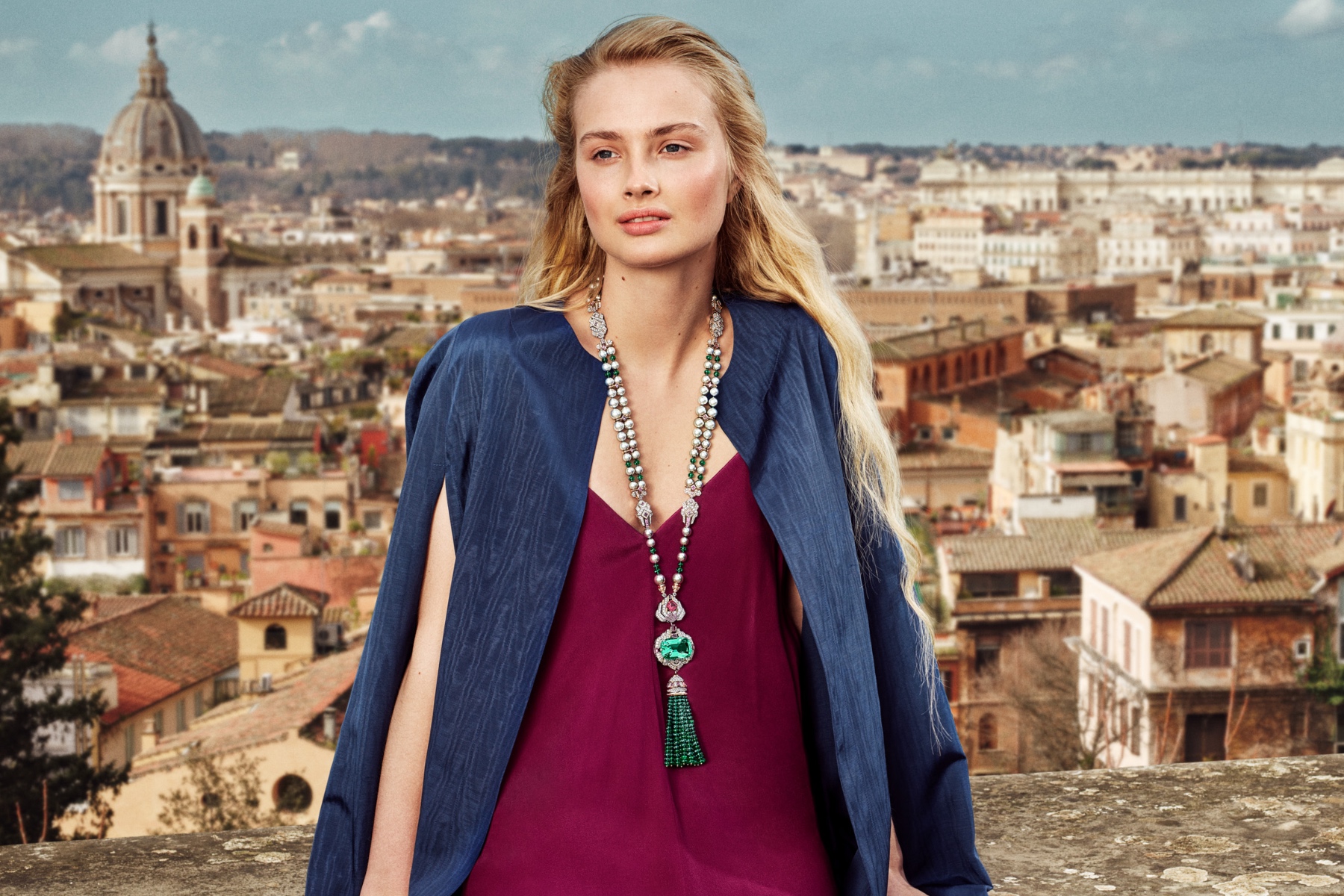
V an Cleef & Arpels—the pioneer of high joaillerie —has introduced the peak of the goldsmith ‘s profession, taking inspiration from the tale of the ‘ Grand Tour ‘ that was famous in the 18th and 19th centuries. A tale that follows young aristocrats who embarked on this voyage across the European continent to complete an over-academic education, which was then required to mould their character, widen their brains, and assure their acceptance into society.
”Van Cleef & Arpels has deployed the full spectrum of its expertise and taste in jewels with roughly 70 pieces, reasserting its devotion to the arts.”
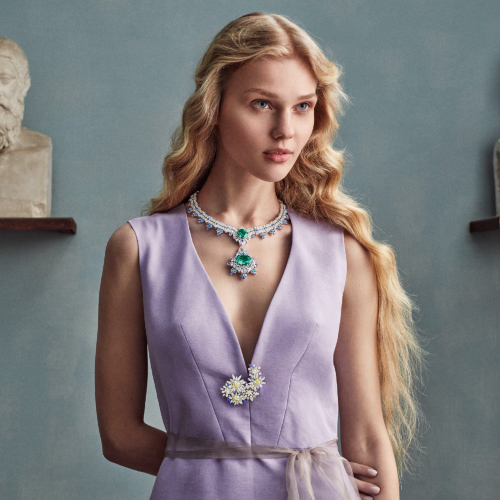
The tour featured two mandatory passages: a visit to Paris and stays in Italy’s major towns. While northern France, Switzerland, the Alpine Alps, and German regions were all popular stages, the actual route varied. Today, in honour of its birthplace’s cultural history, the Maison is reinterpreting their High Jewellery Collection with the release of Le Grand Tour raconté par Van Cleef & Arpels.
“The collection pays tribute to the beautiful idea of travelling for art and education,” said Chief Executive and President of Van Cleef & Arpels, Nicolas Bos. Who unveiled the grand collection at Villa Medici. An event, which was inspired by a 19th century painting of the palace.
To transcribe the beauty of the writings and works encountered in the context of the Grand Tour, Van Cleef & Arpels has deployed the full spectrum of its expertise and its particular taste in jewels with roughly 70 pieces, reasserting its devotion to the arts.
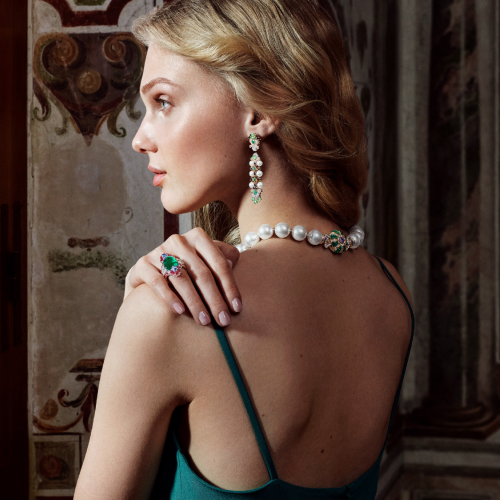
Impressive necklaces and girandole earrings were launched in such a dazzling fashion, all inspired by Renaissance stones. Following that, wide bracelets reproduce vistas of well-known locations in the style of ancient micro-mosaics, and sculptural clips are produced from historical cameos and intaglios.
”Impressive necklaces and girandole earrings were inspired by Renaissance stones.”
The creativity of its design studio, the trained eye of its gemologists, and the savoir-faire and mastery of its High Jewelry workshops has proved that the Maison’s designers and craftsmen have breathed life into pieces conceived like so many travel sketches: an invitation to set forth and admire in wonder.
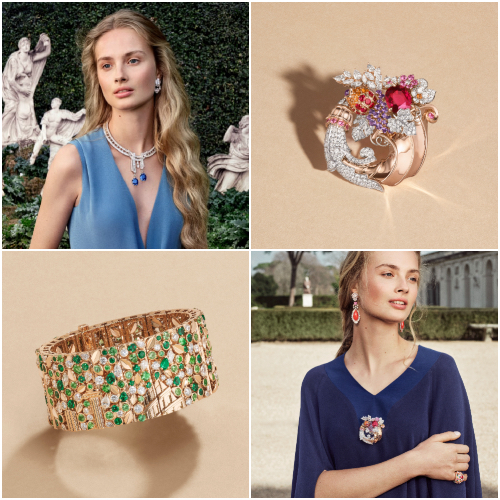

IMAGES
COMMENTS
The Grand Tour was the principally 17th- to early 19th-century custom of a ... and crossed the English Channel to Ostend in Belgium, [b] or to Calais or Le Havre in France. From there the tourist, usually accompanied by a tutor ... sculpture, and architecture of Rome's Medieval, Renaissance, and Baroque periods. Some travellers also visited ...
Beginning in the late sixteenth century, it became fashionable for young aristocrats to visit Paris, Venice, Florence, and above all Rome, as the culmination of their classical education. Thus was born the idea of the Grand Tour, a practice that introduced Englishmen, Germans, Scandinavians, and also Americans to the art and culture of France ...
The average Grand Tour lasted for at least a year. As Katherine Gazzard, Curator of Art at Royal Museums Greenwich explains, this extended journey marked the culmination of a Grand Tourist's education. "The Grand Tourists would have received an education that was grounded in the Classics," she says. "During their travels to the ...
Grand tour, multiyear journey, typically running through France and Italy. ... Young Britons customarily crossed the English Channel from Dover to Le Havre, France. They then converged with young men from other countries such as France, ... Florence was known for its Renaissance art, and travelers sought admission to private collections to ...
A Grand Tour was both an educational trip and an indulgent holiday. The primary attraction of the tour lay in its exposure of the cultural legacy of classical antiquity and the Renaissance, such as the excavations at Herculaneum and Pompeii, as well as the chance to enter fashionable and aristocratic European society.
Englishmen abroad. At its height, from around 1660-1820, the Grand Tour was considered to be the best way to complete a gentleman's education. After leaving school or university, young noblemen from northern Europe left for France to start the tour. After acquiring a coach in Calais, they would ride on to Paris - their first major stop.
The Grand Tour. Meryl Cates. October 2, 2013. Opening Fanfare, The Grand Tour. Photograph by Stephanie Berger. «In celebration of the New European Paintings Galleries, 1250-1800, the Museum hosted two special evenings of concerts on September 17 and 18. Music and art came together to illuminate the time period represented by the galleries ...
Itinerary of the Grand Tour. The traditional route of the Grand Tour usually began in Dover, England. Grand tourists would cross the English Channel to Le Havre in France. Upon arrival in Paris, the young men tended to hire a French-speaking guide as French was the dominant language of the elite during the 17th and 18th centuries. In Paris ...
Richard Lassels, a Roman Catholic priest, coined the term 'Grand Tour' in his 1670 travelogue, The archetypal Grand Tourist was a young man of means and leisure, well-versed in Greek and Latin literature and possessing a keen interest in art. Accompanied by a tutor, British Grand Tourists often travelled by horse-drawn coach for days ...
Le Grand Tour effectué par William Thomas Beckford en 1780. Le Grand Tour, écrit de la même façon en anglais, est à l'origine un long voyage en Europe effectué par les jeunes hommes, et plus rarement les jeunes femmes, des plus hautes classes de la société européenne, britannique, allemande, mais aussi française, néerlandaise ...
The Grand Tour gave concrete form to northern Europeans' ideas about the Greco-Roman world and helped foster Neoclassical ideals. The most ambitious tourists visited excavations at such sites as Pompeii, Herculaneum, and Tivoli, and purchased antiquities to decorate their homes.[1] The artists and intellectuals who were inspired by the ...
History of the Grand Tour. In the early years of the 18th and 19th centuries it was fashionable, for wealthy British families, to send their son and heir on a tour of Europe. A trip that was designed to introduce the young ' milord ' to the art, history and culture of Italy. The British educational system was based on Latin and Greek ...
The Grand Tour was a trip of Europe, typically undertaken by young men, which begun in the 17th century and went through to the mid-19th. Women over the age of 21 would occasionally partake, providing they were accompanied by a chaperone from their family. The Grand Tour was seen as an educational trip across Europe, usually starting in Dover ...
French painter Jacques-Louis David's sensational works at the end of the 18th century shout out revolutionary zeal. In painting, the allure of color, the beauty of line, the mystery of pictorial space, and the drama of the composition tell stories. In portraiture, we see images of saints, gods, and sovereigns.
The Grand Tour became customary among British noblemen in the 17th century, following the end of the Thirty Years War, the English Civil War, and associated wars. With the Westphalian Treaty, peace became the rule, rather than the exception, in Europe. While the tourists were guided by a cicerone, the wealthiest could travel with a staff of ...
"The classic Grand Tour was the wealthy, young man who spent several months — at least —traveling in Europe after finishing his formal schooling," said Lynne Withey, author of "Grand Tours and Cooks' Tours: A History of Leisure Travel, 1750-1915" (William Morrow, 1997). The young man typically hailed from England, and the tour, she said, served as "hiatus between adolescence ...
This became known as the Grand Tour. A Trending Itinerary. During the 16 th and 18 th centuries a standard itinerary was popularized. While detours included many European destinations, the grand tour typically started in London and included Paris, but focused mainly on Italy, especially Rome. Few visited as far as Greece, which was still under ...
The Grand Tour of Italy Celebrate the past. Define the future. in collaboration with. and 6 more collections. Four cities, one journey Soak up the past by stepping into modern-day Venice, Siena, Rome and Palermo. Venice ... The artistic gems of Ancient and Renaissance Italy.
Le Grand Tour revisité. Pour une archéologie du tourisme: le voyage des français en Italie, milieu XVIIIe siècle-début XIXe siècle - By Gilles Bertrand. Richard Wrigley, Richard Wrigley. University of Nottingham. Search for more papers by this author. Richard Wrigley,
The Grand Tour was a form of travel from around 1550-1850. It was at its most popular during the 18th century, and was said to be the way to end a boy's education - making them a man. Often, these adolescent boys would be accompanied by tutors who would make the scenes in front of them come to life. It was more of a hands-on education, much ...
Notwithstanding the aristocratic associations of "Le Grand Tour," this version of the post-Renaissance voyage of discovery might best be described as a postmodern, postcolonial road movie.Produced and directed by François Cheval, curator of the Musée Niépce, it featured three French artist-photographers (in order of appearance: Ange Leccia, Jean-Luc Moulène, and Patrick Tosani) who ...
V an Cleef & Arpels—the pioneer of high joaillerie —has introduced the peak of the goldsmith 's profession, taking inspiration from the tale of the ' Grand Tour ' that was famous in the 18th and 19th centuries. A tale that follows young aristocrats who embarked on this voyage across the European continent to complete an over-academic education, which was then required to mould their ...